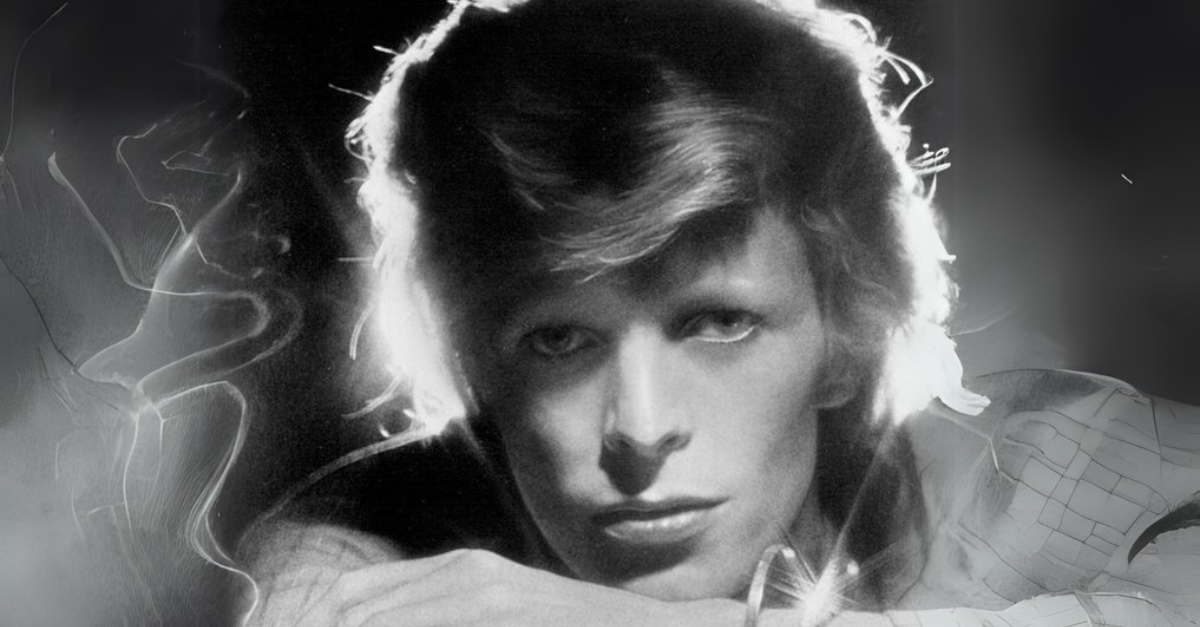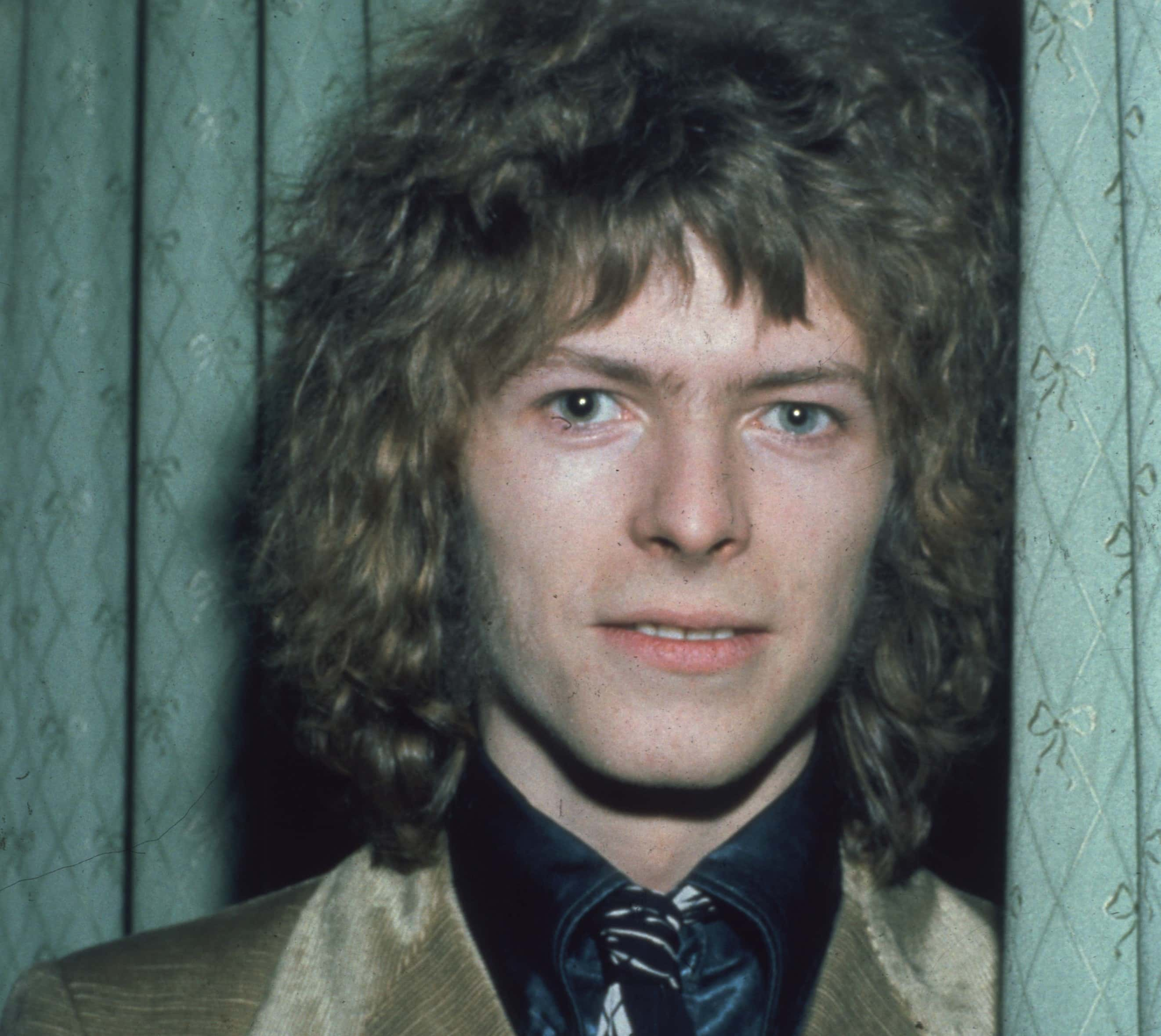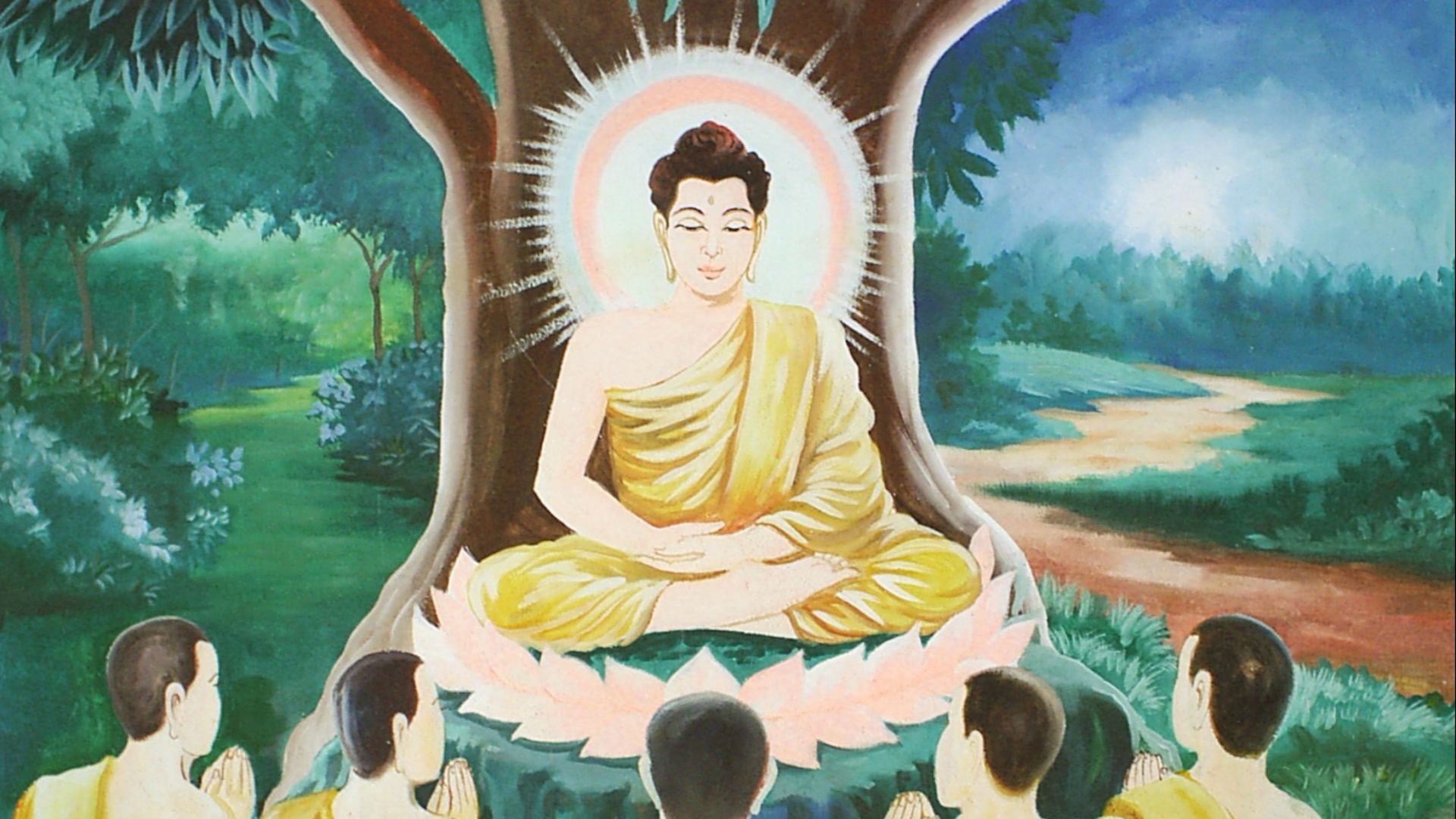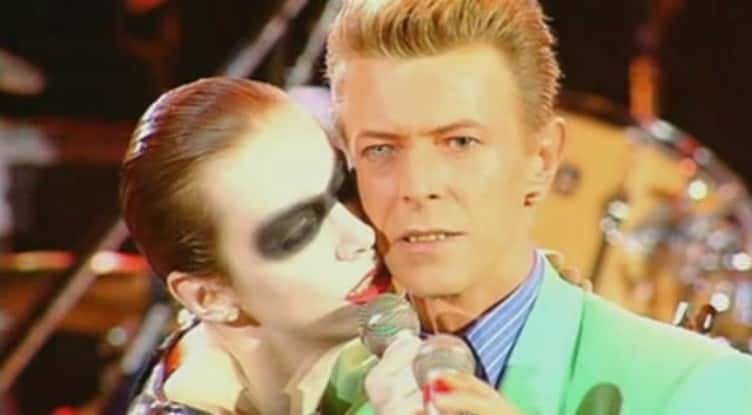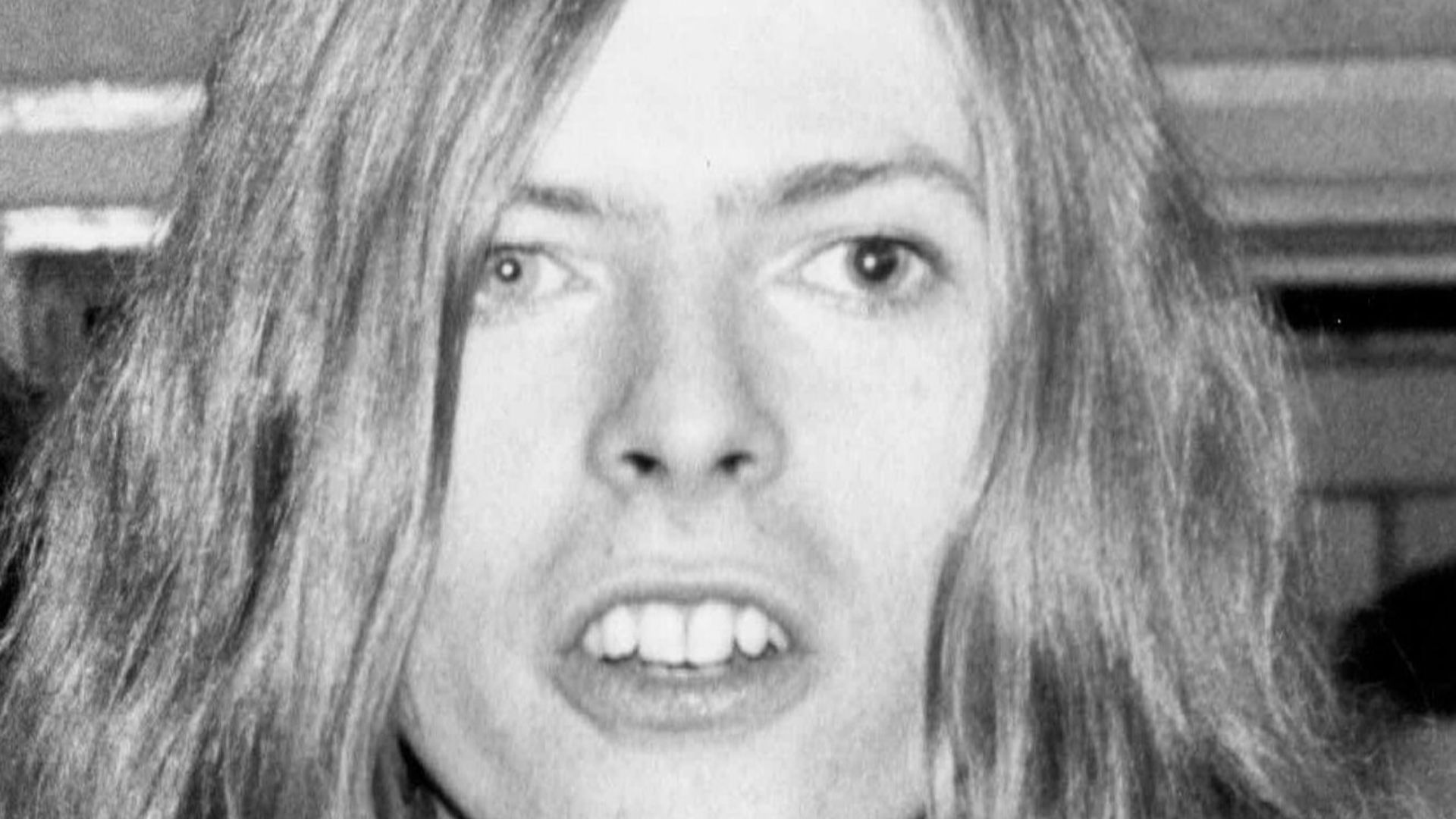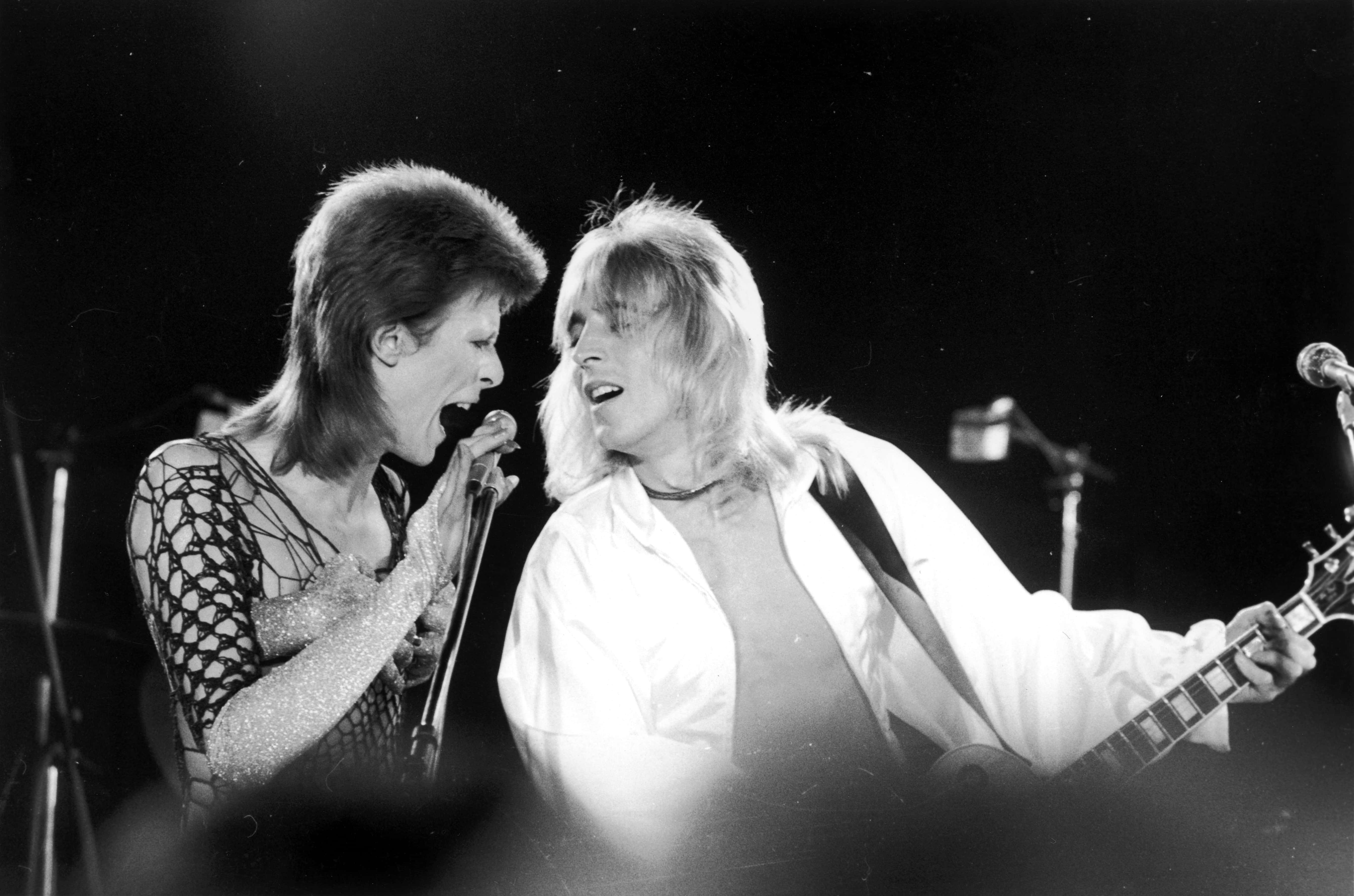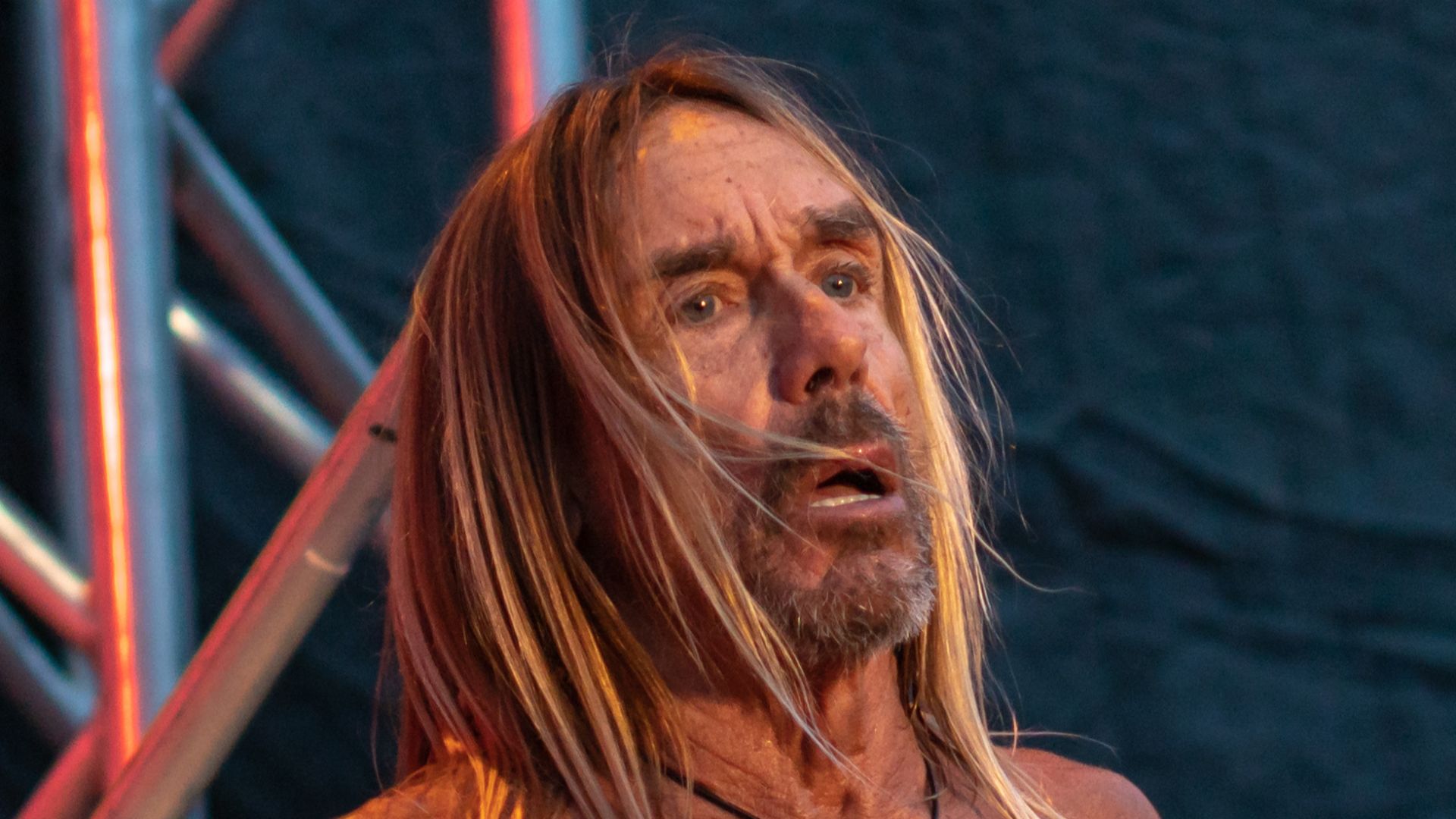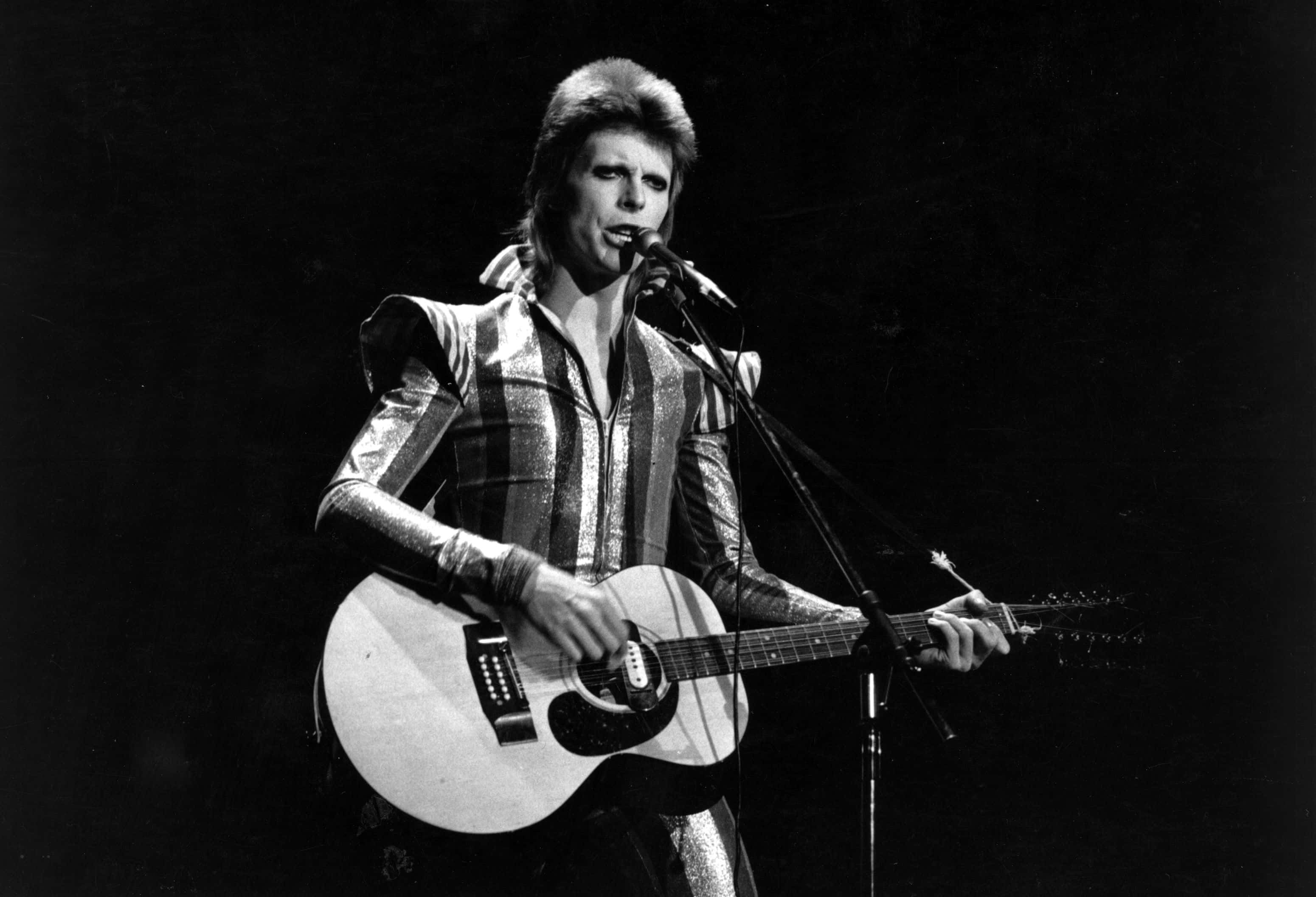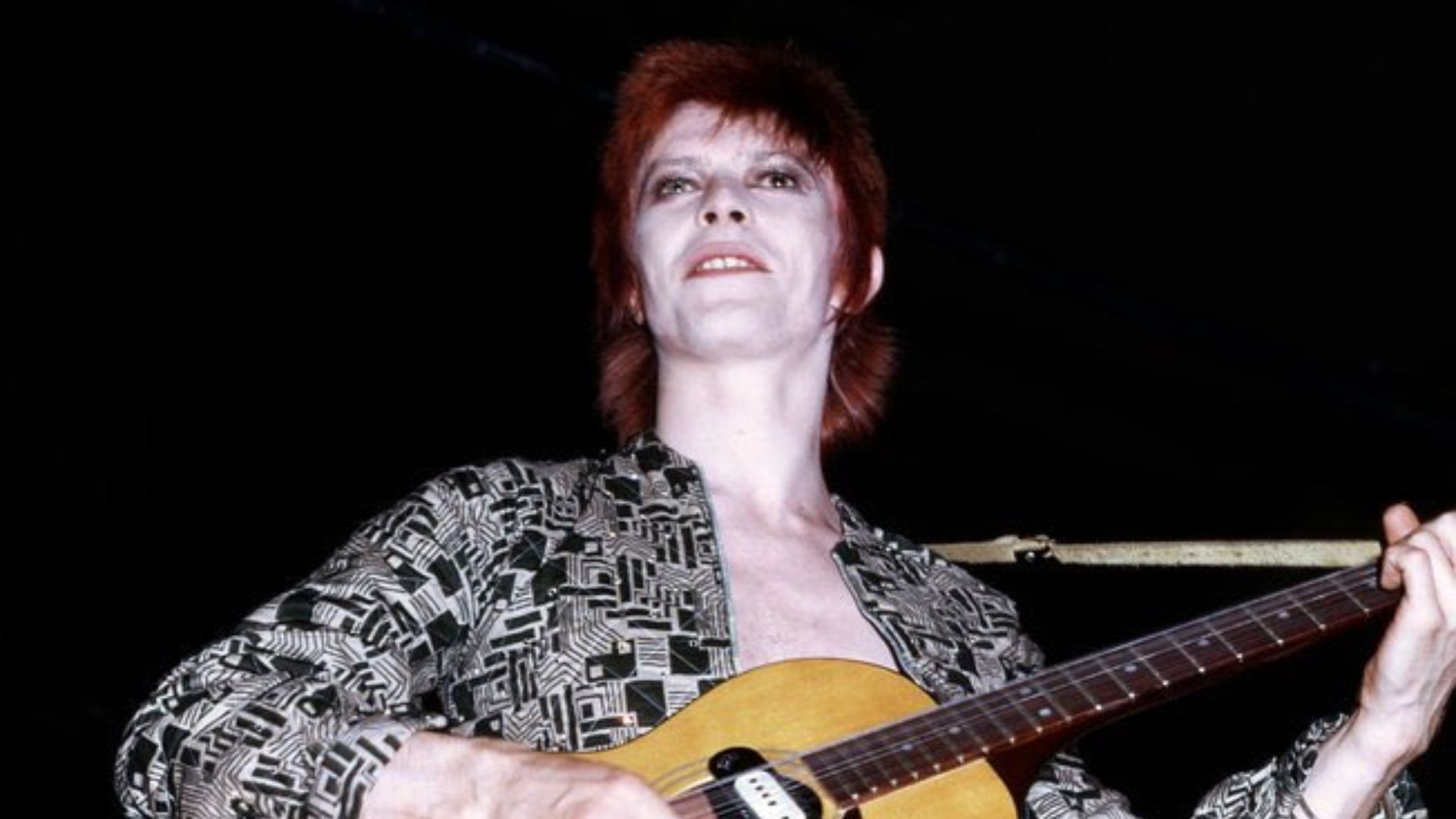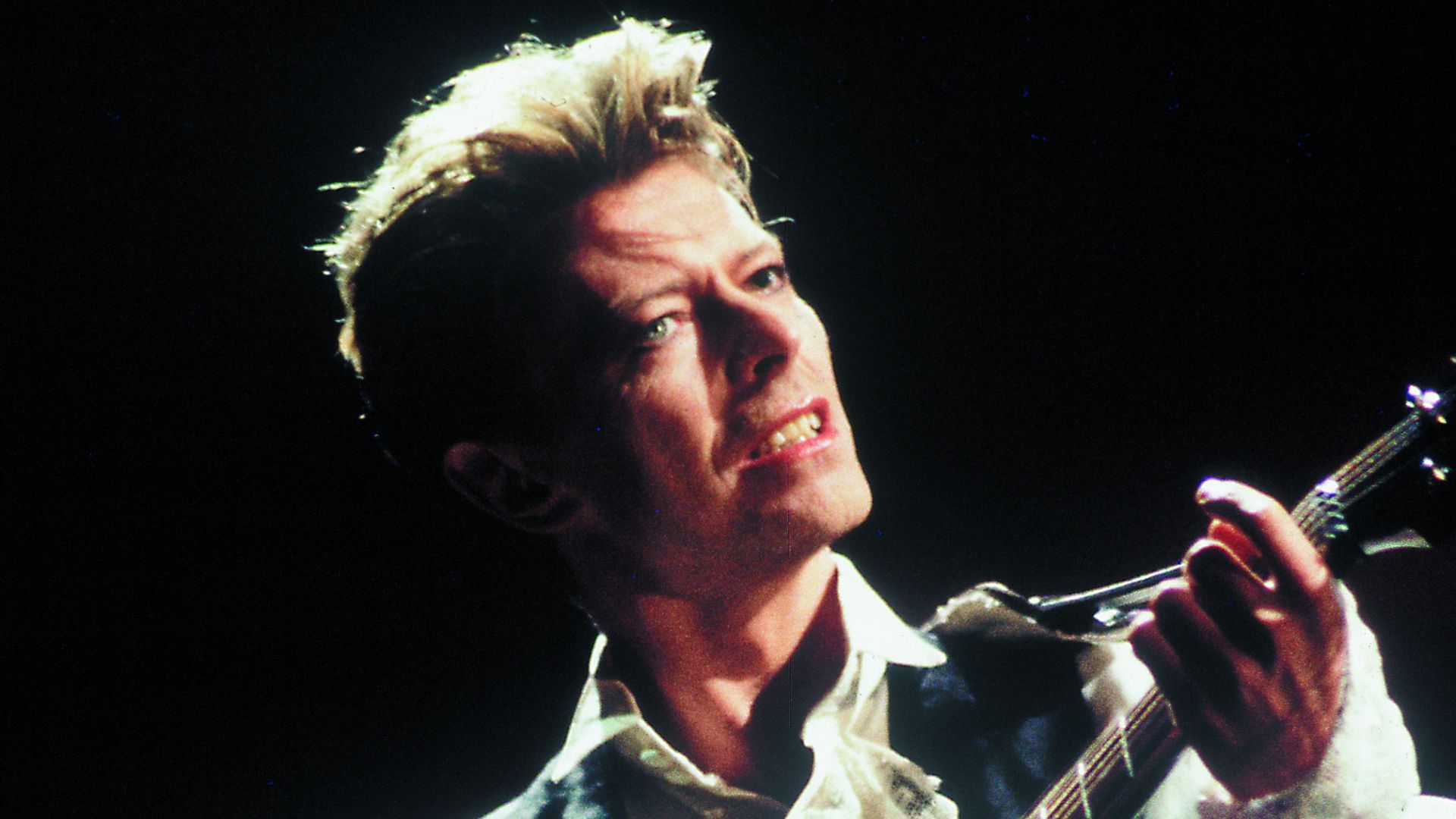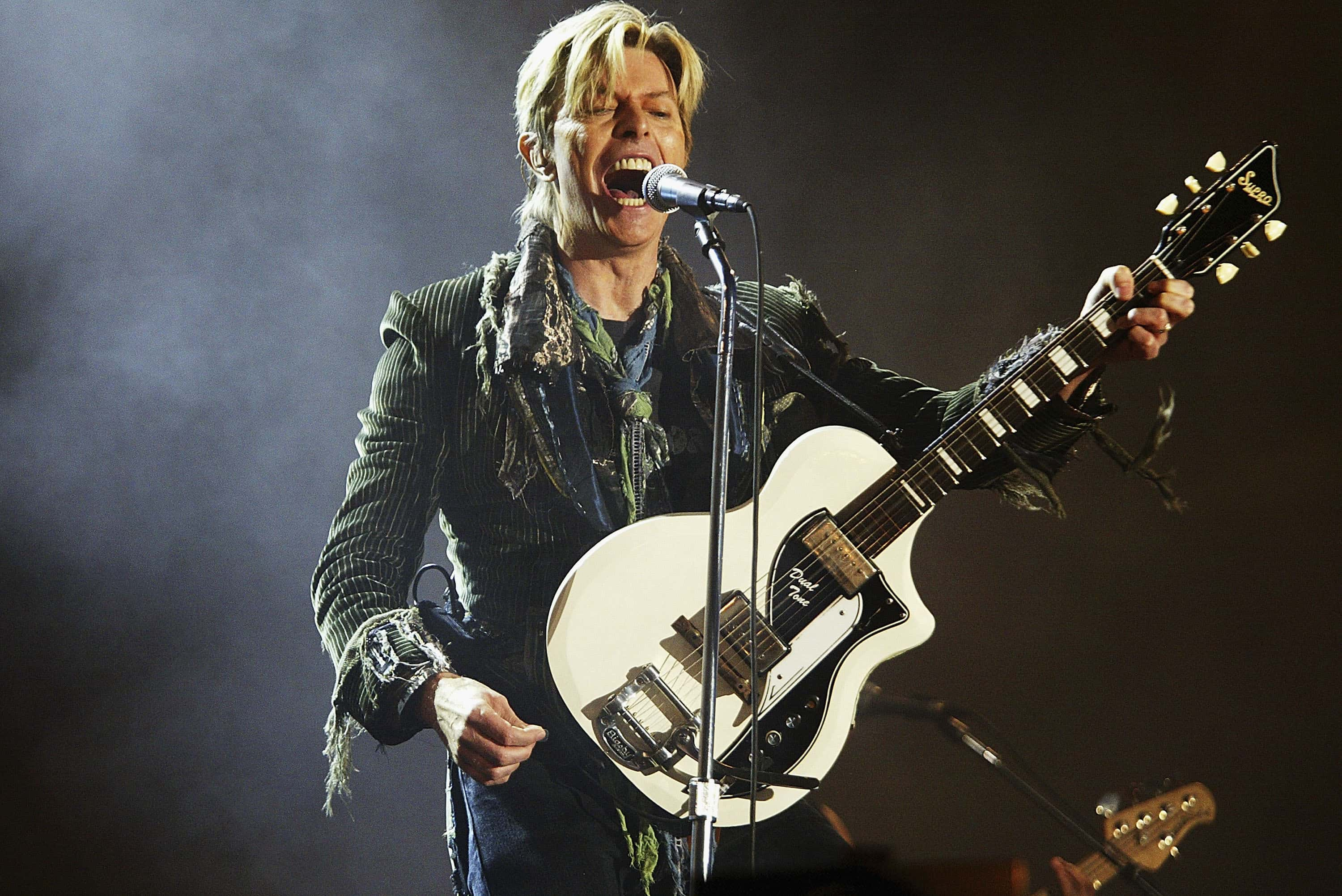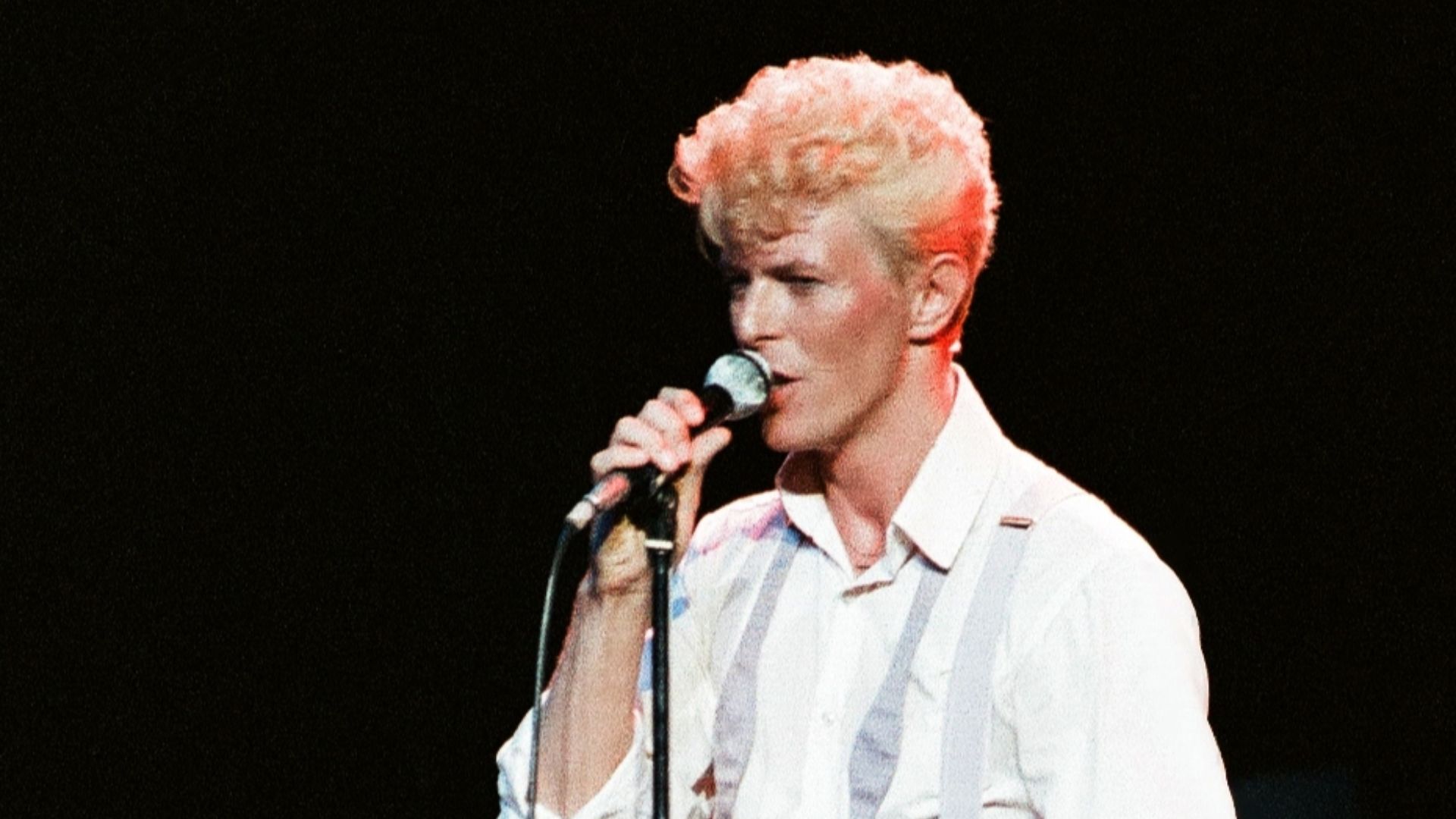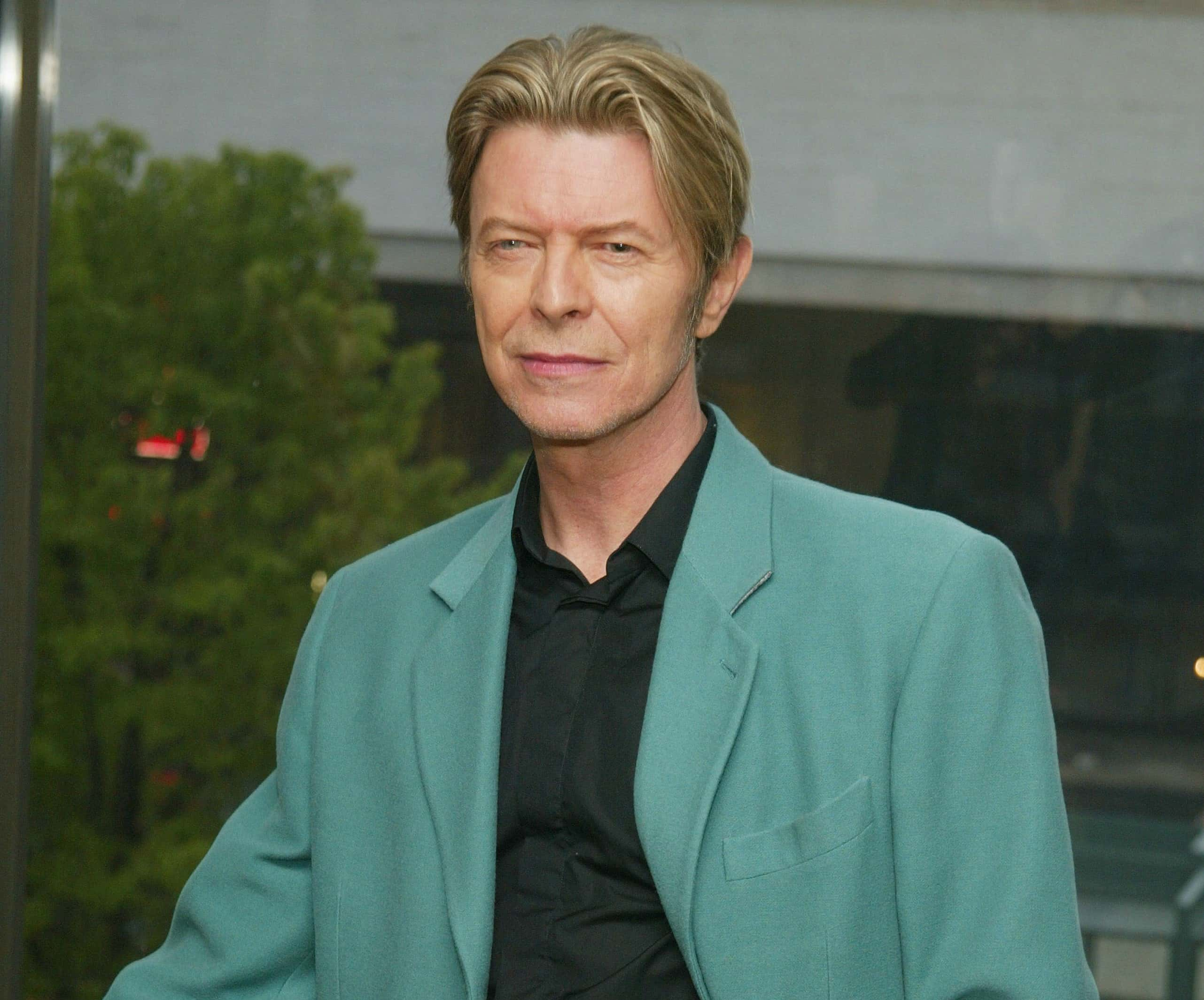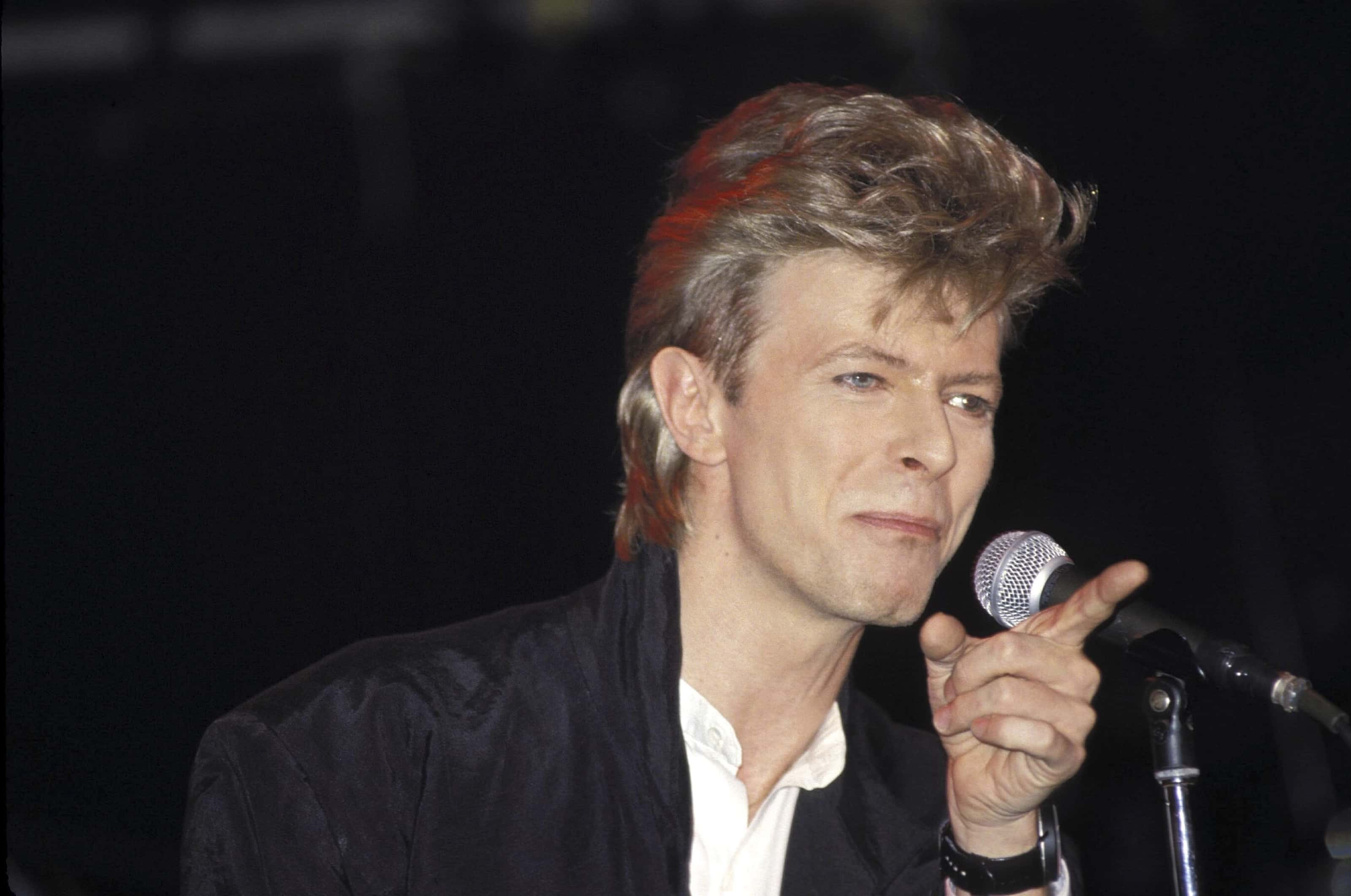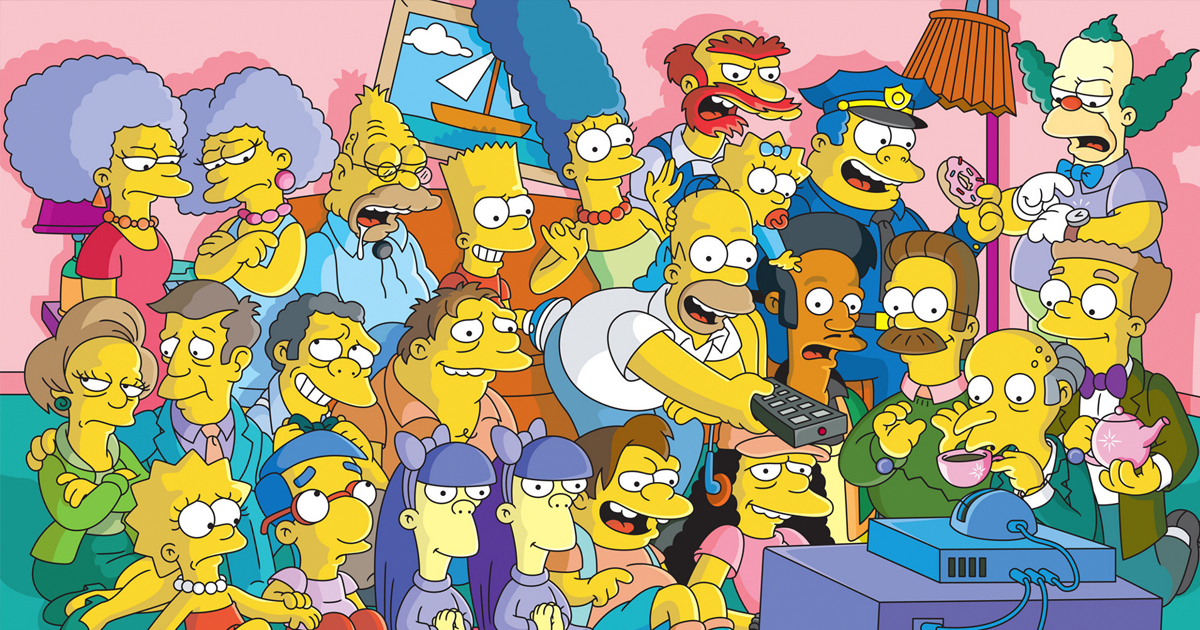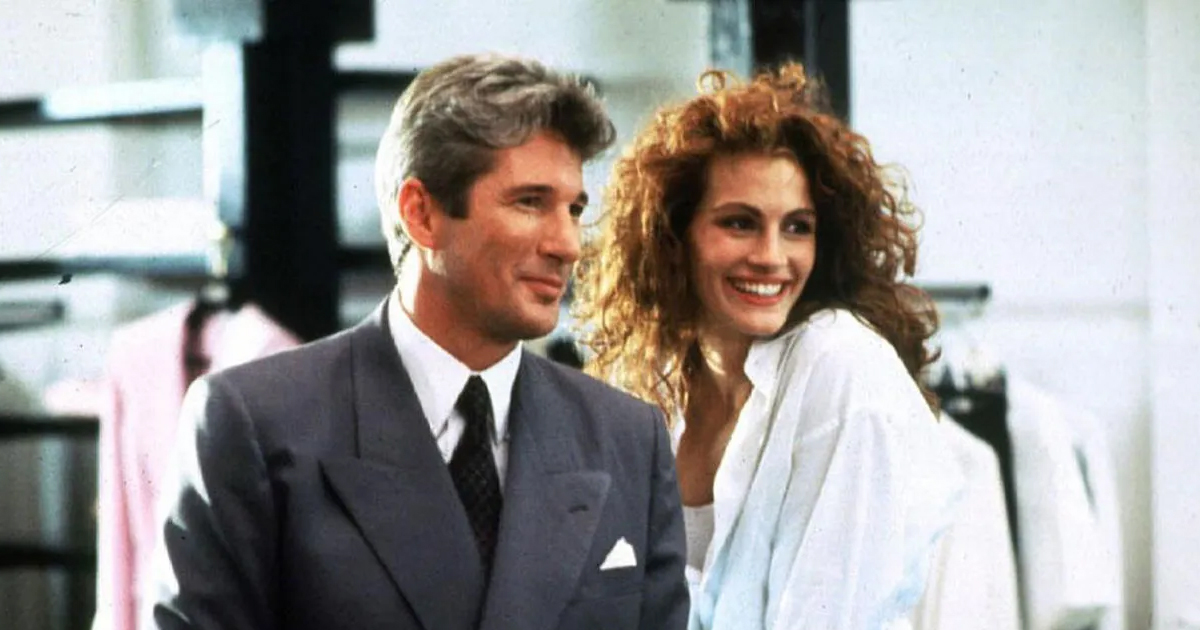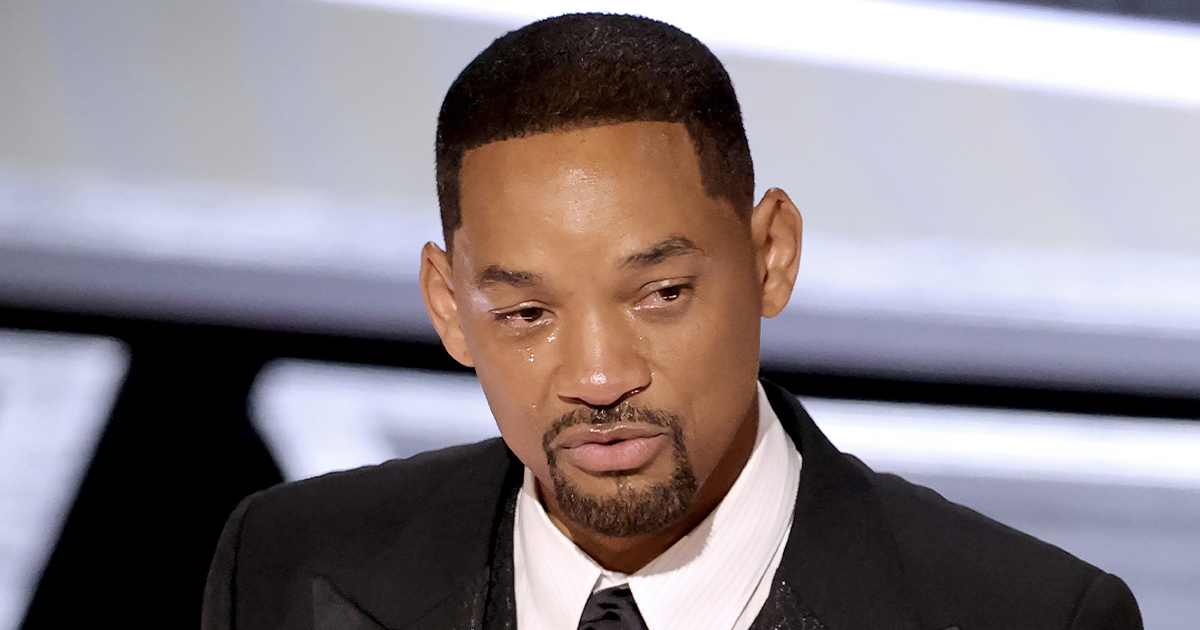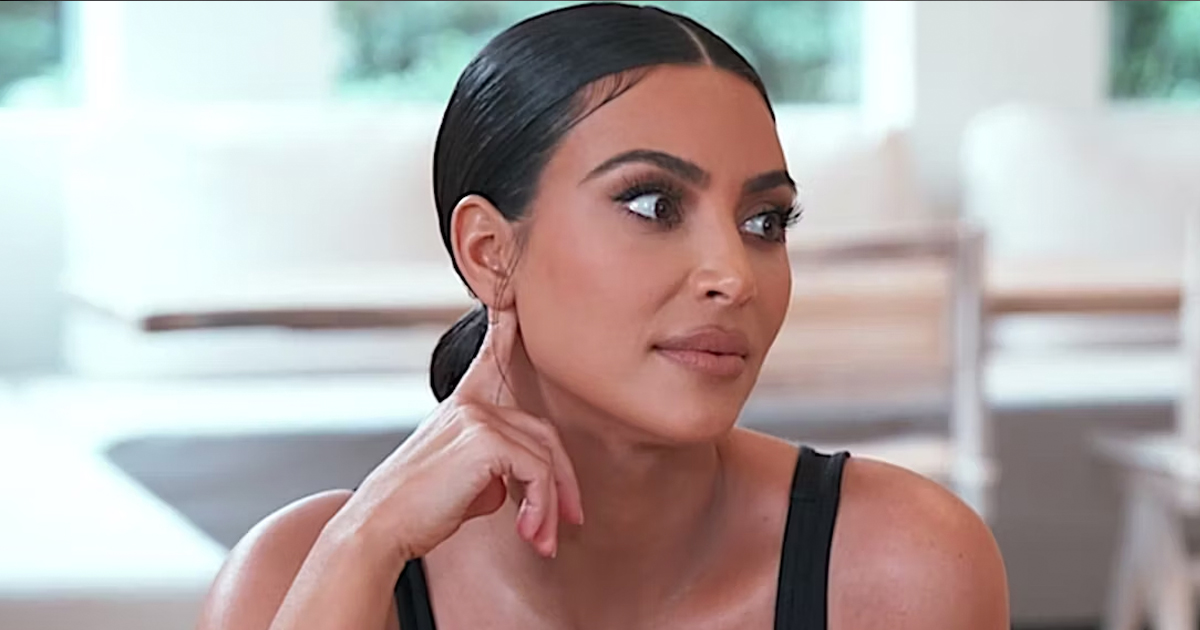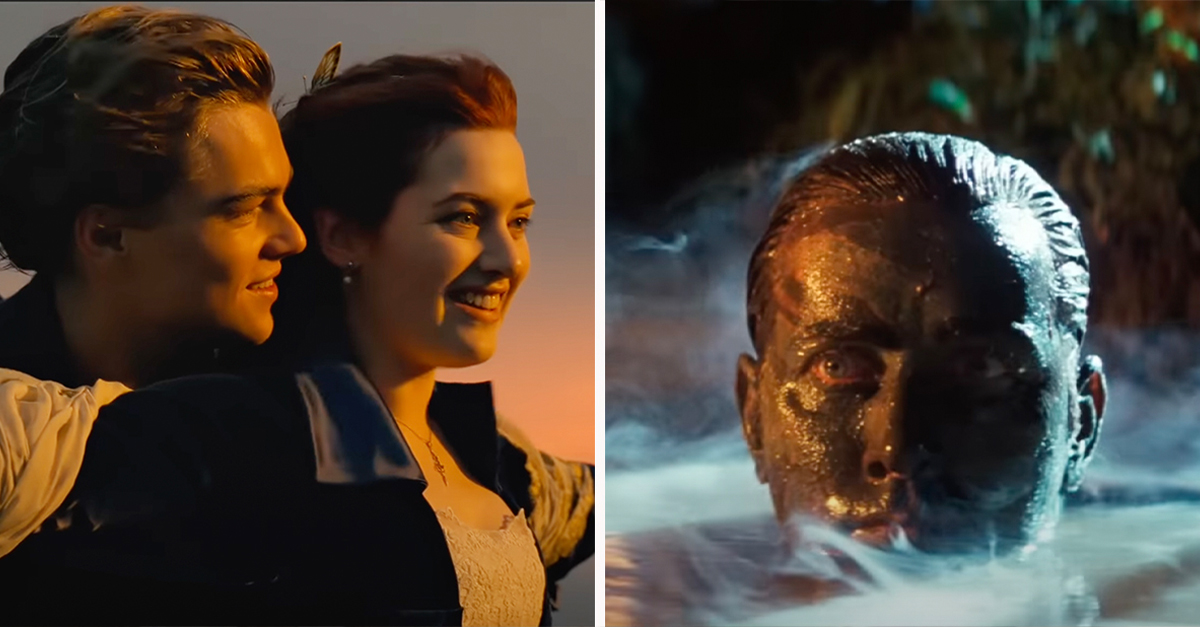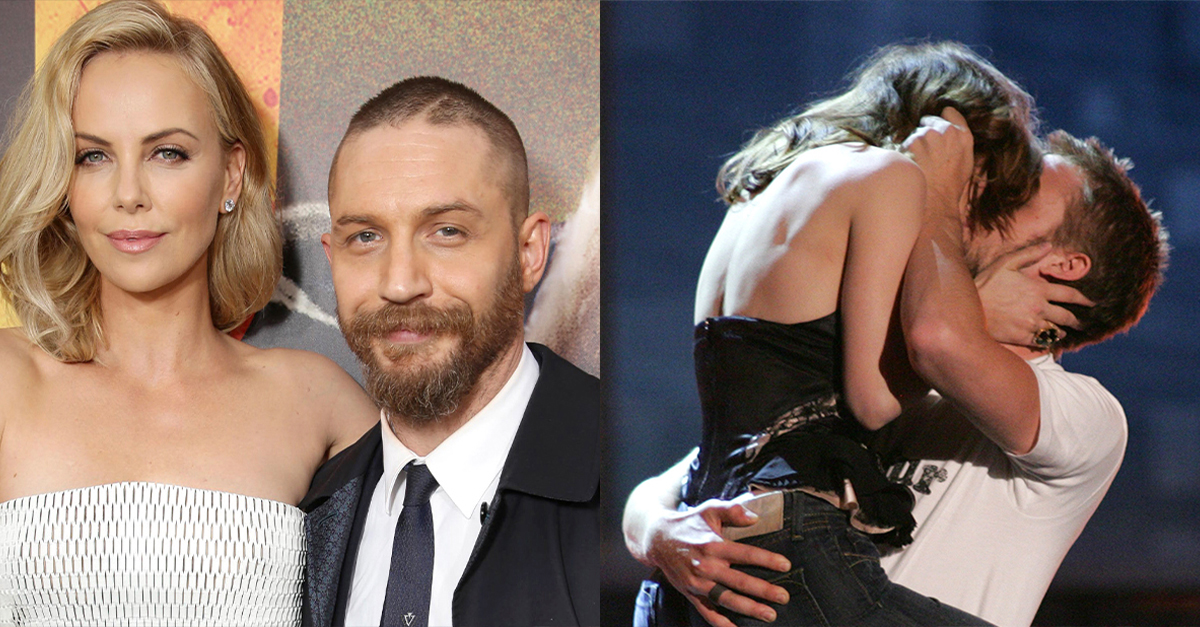The Man Behind The Personas
David Bowie isn’t just a household name—he’s a cultural shapeshifter. Mention him alongside legends like Michael Jackson, Queen, or The Beatles, and few would argue. But while those names conjure clear images, Bowie remains elusive. He reinvented himself so often it’s hard to tell where the act ended and the truth began. Was it all a brilliant performance? Or was it something deeper—a man in search of his own identity?
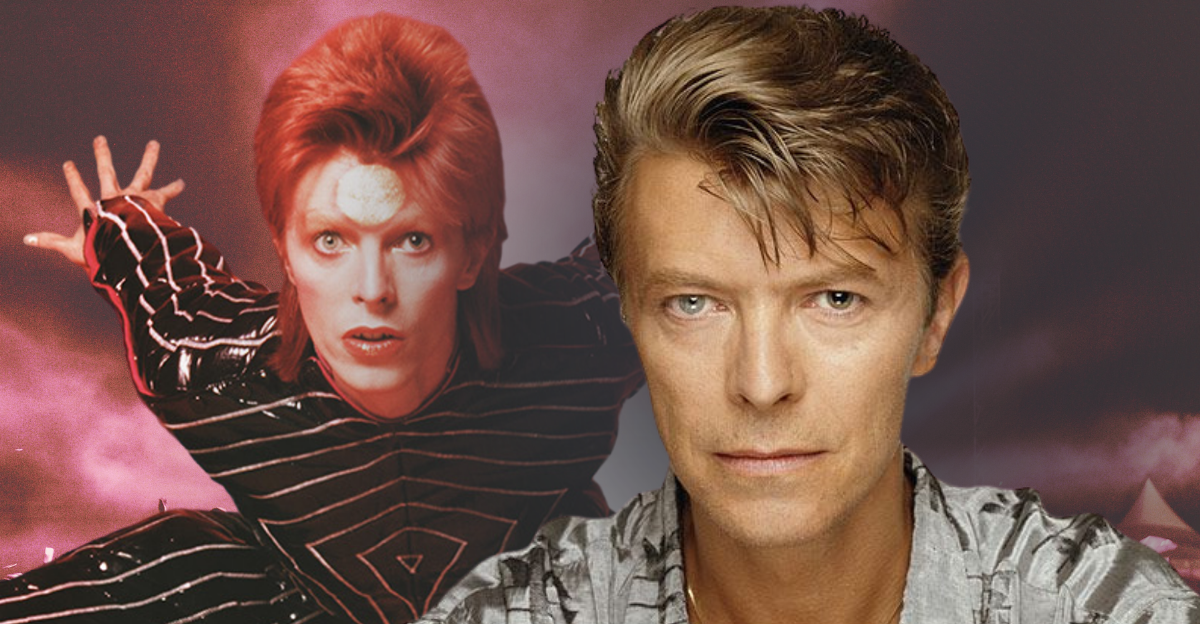
1. His Childhood Was Average
Born David Roberts Jones, Bowie lived a standard life. His mother worked as a waitress, and his father was a promotions officer for a children’s charity. Few things were remarkable about his early upbringing; it wasn’t his childhood that created his uniqueness. Bowie grew up the same as thousands of other children in 1950s England. But before he even reached adulthood, Bowie proved his magic came from within...
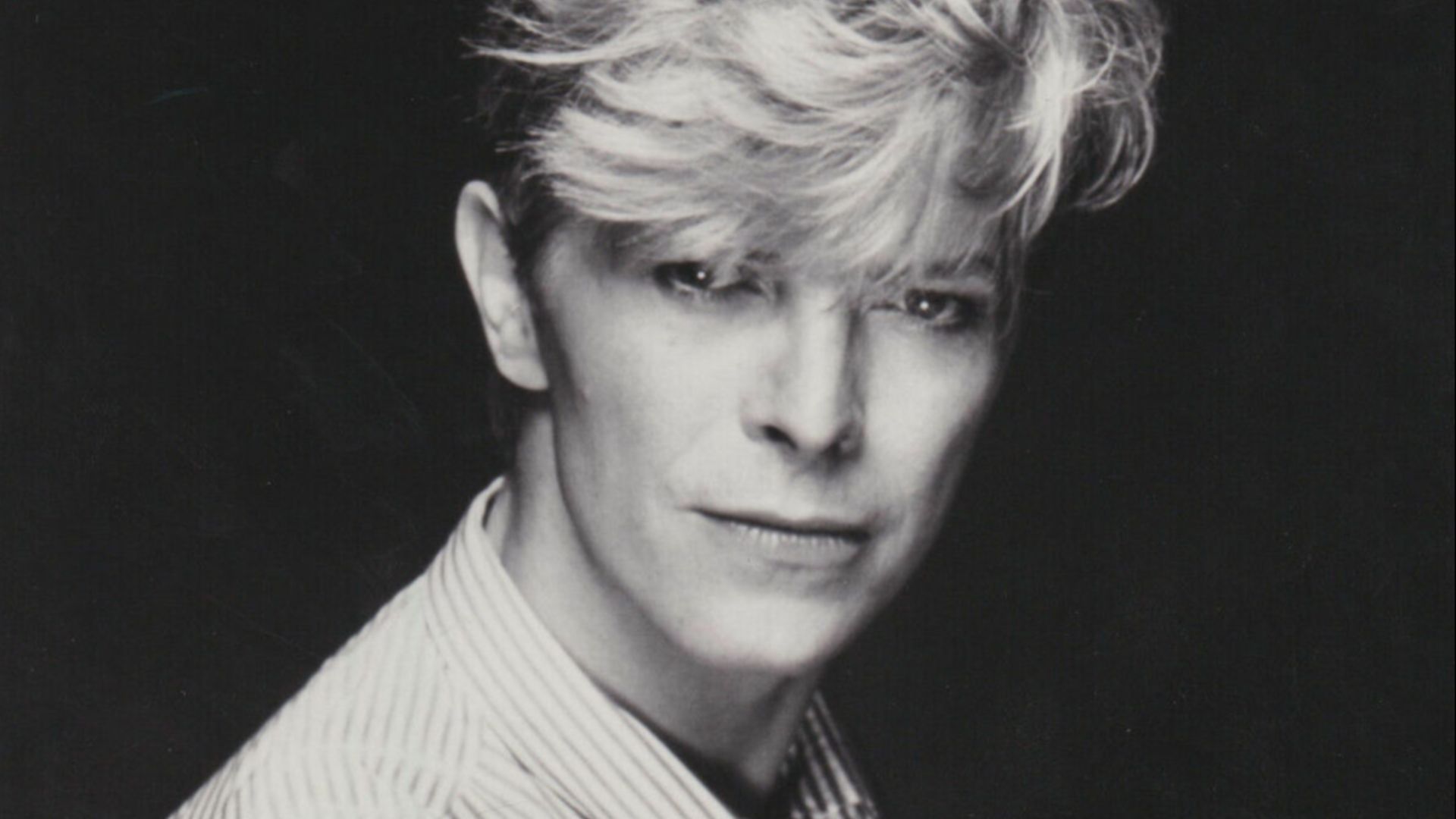 Distributed by EMI America. Photographer is unknown., Wikimedia Commons
Distributed by EMI America. Photographer is unknown., Wikimedia Commons
2. He Was Anything But Average
Even at the age of six, Bowie had already distinguished himself as unique. His teachers at Stockwell Infants School recalled him as an exceptionally gifted child. He had also made an impression as a "defiant brawler". As Bowie grew, so did his personality. By the age of nine, teachers remarked on his dancing skills, calling him “vividly artistic” and remarking that his poise was “astonishing” for a child. All that raw talent needed something to focus on.
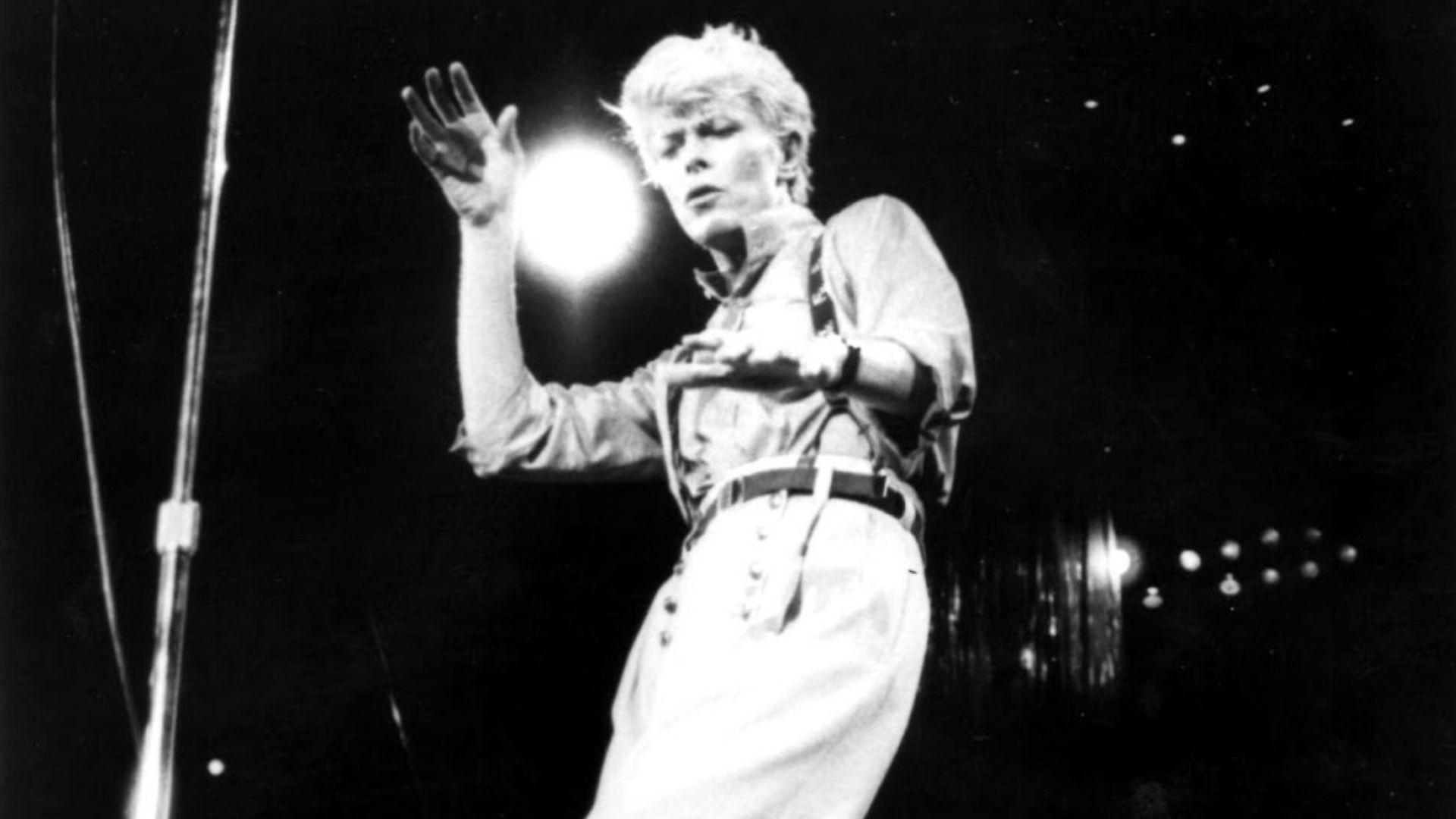 Rogers & Cowan Inc.; Distributed by EMI America, Wikimedia Commons
Rogers & Cowan Inc.; Distributed by EMI America, Wikimedia Commons
3. He Heard God
His father influenced his interest in music early on. Around the age of nine, his father brought home a collection of records that included many American artists, including Elvis Presley and Little Richard. Little Richard, in particular, spoke to Bowie—so much so that he received a Heavenly revelation. In particular, he later recalled that he “heard God” after listening to Richard's “Tutti Frutti”. And with that, music wove itself into Bowie’s soul, ultimately changing him forever.
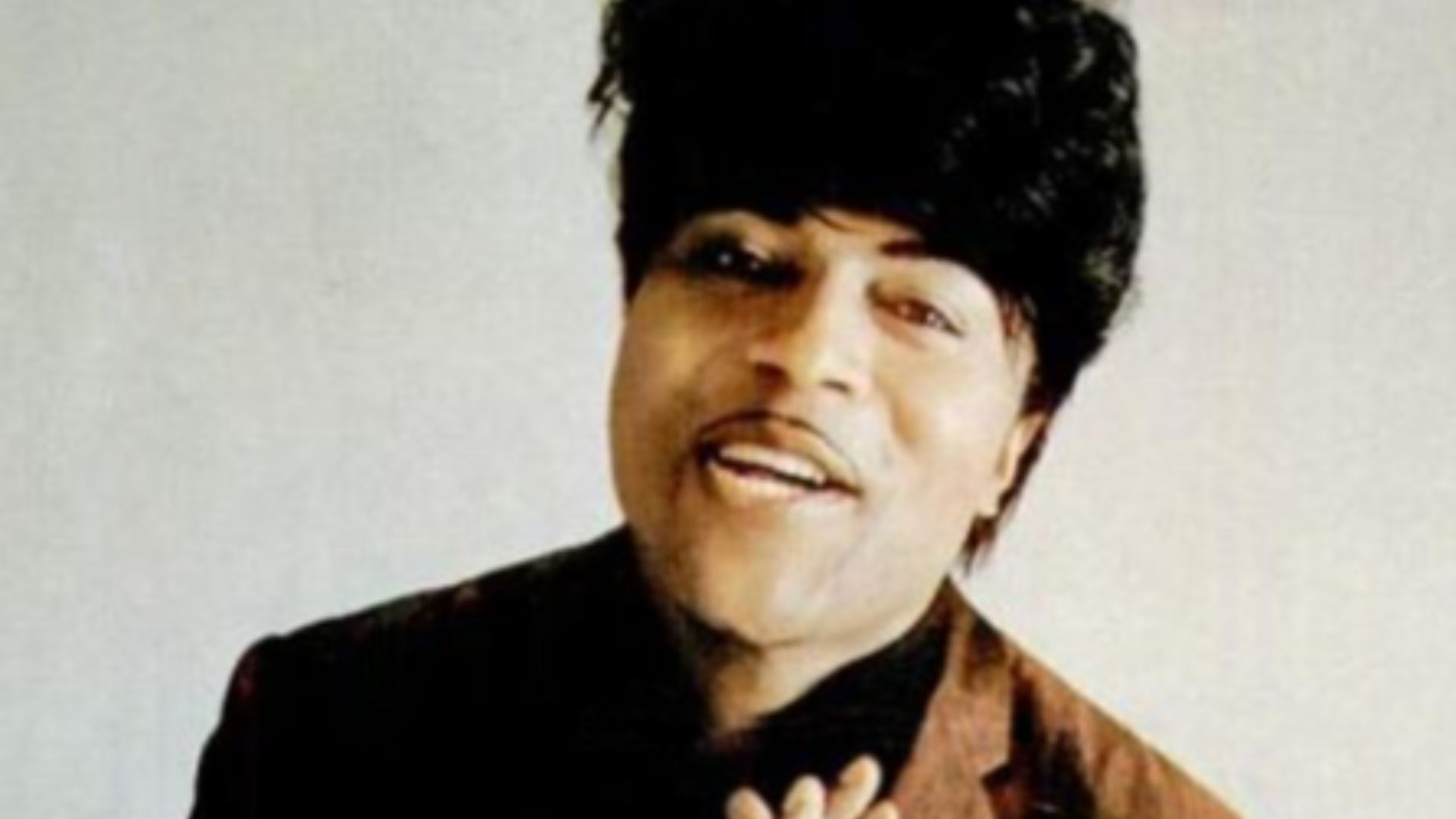 Okeh Records, Wikimedia Commons
Okeh Records, Wikimedia Commons
4. He Was Mesmerizing
Bowie started playing both the ukulele and tea-chest bass by the end of 1957. He also began playing the piano around the same time. He would perform tributes to his favorite artists, such as Elvis and Chuck Berry, at every opportunity. Viewers of one performance to his local Wolf Cub group described it as “mesmerizing … like someone from another planet”. Even at this early age, nothing could define Bowie’s energy—and he was just getting started.
 Michael Ochs Archives, Getty Images
Michael Ochs Archives, Getty Images
5. He Was Inspired
Bowie took great inspiration from the world around him. Few people had as much influence on his early life as his half-brother, Terry Burns. Burns suffered from schizophrenia and seizures, keeping him away from home fairly often. However, when he was home, he influenced Bowie, getting him into many things including Beat Poetry, the occult, and modern jazz. So Bowie managed to draw influence from his brother despite his time away, but his ability to find silver linings soon came up against a major setback...
6. He Faced Tragedy
While Bowie studied art, music, and design, tragedy struck. He was at school when a disagreement blossomed between Bowie and his friend, George Underwood. This disagreement escalated so much that Underwood punched Bowie in the face. Underwood was far from the first young boy to punch his friend due to a disagreement. But, unfortunately, this turned out to be a schoolyard scuffle they couldn't just walk away from.
 Mark and Colleen Hayward, Getty Images
Mark and Colleen Hayward, Getty Images
7. He Couldn’t Be Fixed
You see, Underwood accidentally scratched Bowie’s left pupil during their entanglement. This led to four months of hospitalization for Bowie, in which he underwent a series of surgeries. Unfortunately, they couldn’t repair the damage; not only did this leave Bowie with faulty depth perception, but his left pupil became permanently dilated. Ultimately, things worked out; his dilated pupil became one of Bowie’s most recognizable features. But he still had a long way to go before anyone really cared enough to notice.
8. He Dreamed Big
Bowie’s aspirations quickly outgrew that of those around him. He formed his first band at the age of 15. The Konrads, however, didn’t share Bowie’s vision for the future. Frustrated by this, Bowie left the Konrads to join the King Bees. This time, he decided he would make the King Bees a success, even if he had to do all of the work himself...
 Mark and Colleen Hayward, Getty Images
Mark and Colleen Hayward, Getty Images
9. He Took A Chance
Bowie wrote to John Bloom, an entrepreneur, inviting Bloom to promote the King Bees as “Brain Epstein has done for the Beatles”. The offer didn’t interest Bloom; however, he did connect Bowie with Leslie Conn, who promoted Bowie and his first single. Unfortunately, the King Bees didn’t fit Bowie’s aspirations either. Yet again, he left them for another band he hoped could make his dreams come true—and once again found himself out of luck.
10. He Couldn’t Settle
Bowie’s third band during this period of his life was the Manish Boys. He harbored a “dream of being their Mick Jagger”. Unfortunately, the Manish Boys didn’t have what it took to help Bowie meet his potential. So, Bowie left them and joined another band, the Lower Third. Had Bowie finally found his match? Perhaps, though not with the Lower Third.
 Michael Ochs Archives, Getty Images
Michael Ochs Archives, Getty Images
11. He Met Someone
It was during this period of constant band hopping that Bowie found himself a love match that did last, at least for a time. Bowie met actress, singer, and songwriter, Dana Gillespie in 1964. Bowie was 17; Gillespie was 14. Despite their apparent youth and Bowie’s complicated lifestyle, Bowie and Gillespie remained in a relationship, both personally and professionally, for a decade. But while things in his romantic life soared, things in his career got tricky.
12. He Had A Problem
Around this period, Bowie also had another problem. Up until this point, Bowie had been going by Davy or Davie Jones professionally. However, this name was already taken by a member of the popular band, the Monkees, making it difficult for Bowie to make a name for himself without opening himself up to confusion. So, he took on a new name, one that no one would ever forget.
13. He Found His Name
David Bowie became David Bowie thanks to James Bowie, the American pioneer who popularized the “Bowie Knife”. Bowie released his first single, “Can’t Help Thinking About Me” under his new stage name in January 1966; he had stayed with the Lower Third up to this point. However, when that single flopped too, Bowie yet again packed up his bags and started looking for another opportunity.
14. He Released An Album
Bowie briefly worked with a small handful of other bands during the mid-1960s. However, he saw little success with any of them. In April 1967, he officially went solo, releasing his debut album, David Bowie. However, the world wasn’t ready for the unique blend of music that Bowie created. The album, which featured a mix of music from pop to psychedelia, flopped just like the others. Bowie began thinking that the problem may have been him all along.
 Michael Ochs Archives, Getty Images
Michael Ochs Archives, Getty Images
15. He Found Faith
Bowie found a new direction for his life. One of the influences that his half-brother passed on to him was Buddhism. His interest in religion began in 1967, and as his career began to stall out, Bowie started thinking that it may provide an alternative for him. But he didn't just want to become a full time Buddhist—he wanted to become a monk!
16. He Tried Something New
In Bowie’s words, he first met his Buddhist tutor, Chime Rinpoche, in his New York office. Bowie came downstairs and saw Rinpoche, who said, in broken English “You are looking for me”. Bowie later realized this had been a question, but as a teen, struggling with his passions, Bowie took it as a statement. He was looking for Chime Rinpoche. Unfortunately, Rinpoche may not have been looking for him.
 A dog called Madness - Refuge for Animals by Lama Chime Rinpoche, piotr obal
A dog called Madness - Refuge for Animals by Lama Chime Rinpoche, piotr obal
17. He Wasn’t A Buddhist
In the end, Bowie wasn’t meant to become a monk. Although Bowie spent several months studying under Rinpoche, the instructor could see that he just couldn't cut it. Religion wasn’t what Bowie was meant to be doing. Rinpoche told Bowie, “You don't want to be Buddhist. ... You should follow music”. In other words, Bowie had been lost, and though Rinpoche did not help him find himself, he'd soon discover that he put him on the path back to shocking success...and glaring honesty.
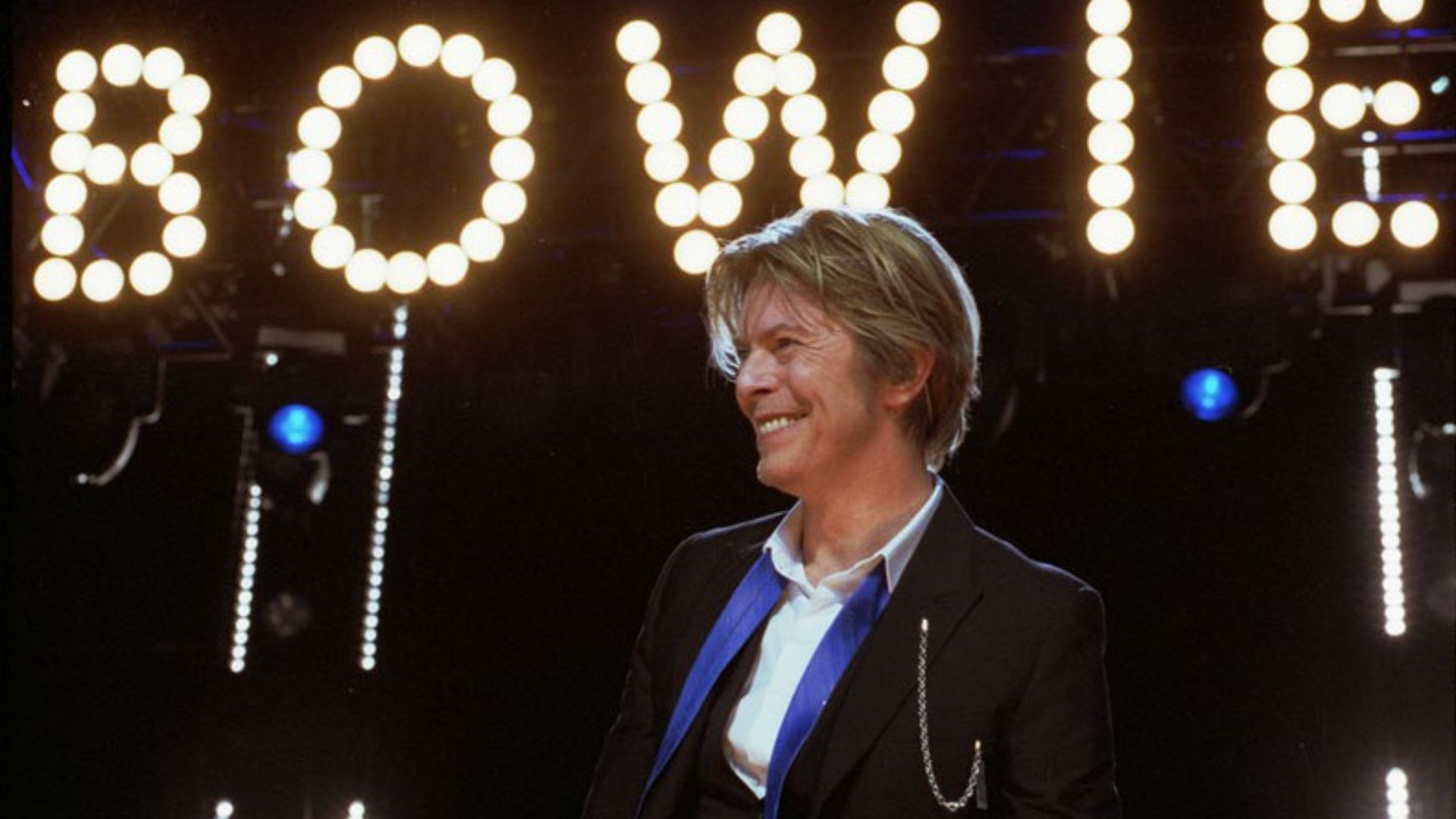 Adam Bielawski, Wikimedia Commons
Adam Bielawski, Wikimedia Commons
18. He Made An Announcement
The question of Bowie’s sexuality followed Bowie for the majority of his career. He first announced that he was gay in 1972. He later clarified that he was bisexual. Living up to this identity remained a struggle for Bowie for most of his career; he never wanted to represent a whole group of people. However, in 1967, the question of his sexuality was a more private matter, one between him and those that he cared for.
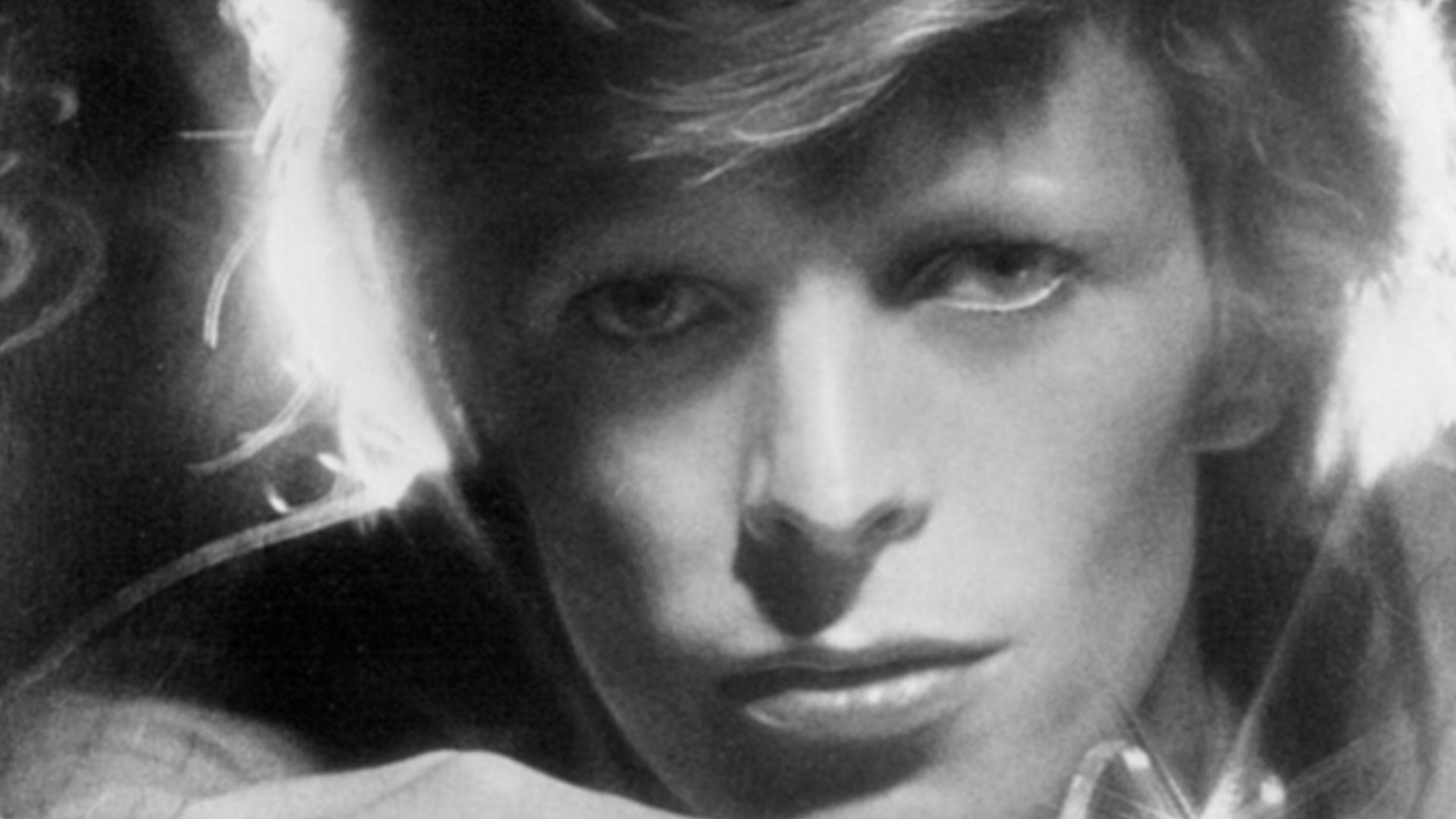 RCA Records, Wikimedia Commons
RCA Records, Wikimedia Commons
19. He Learned To Express Himself
Bowie met Lindsay Kemp, a male dancer and performer, in 1967. Bowie enrolled in Kemp's dance class at the London Dance Centre, and Kemp ultimately viewed his influence on Bowie’s life and career as significant. He later said, “I taught him...to express himself through his body... how to touch a public...just as important was the stillness and to make every movement count”. Even more intriguingly, though, the two eventually took their most passionate moves off the dance floor...
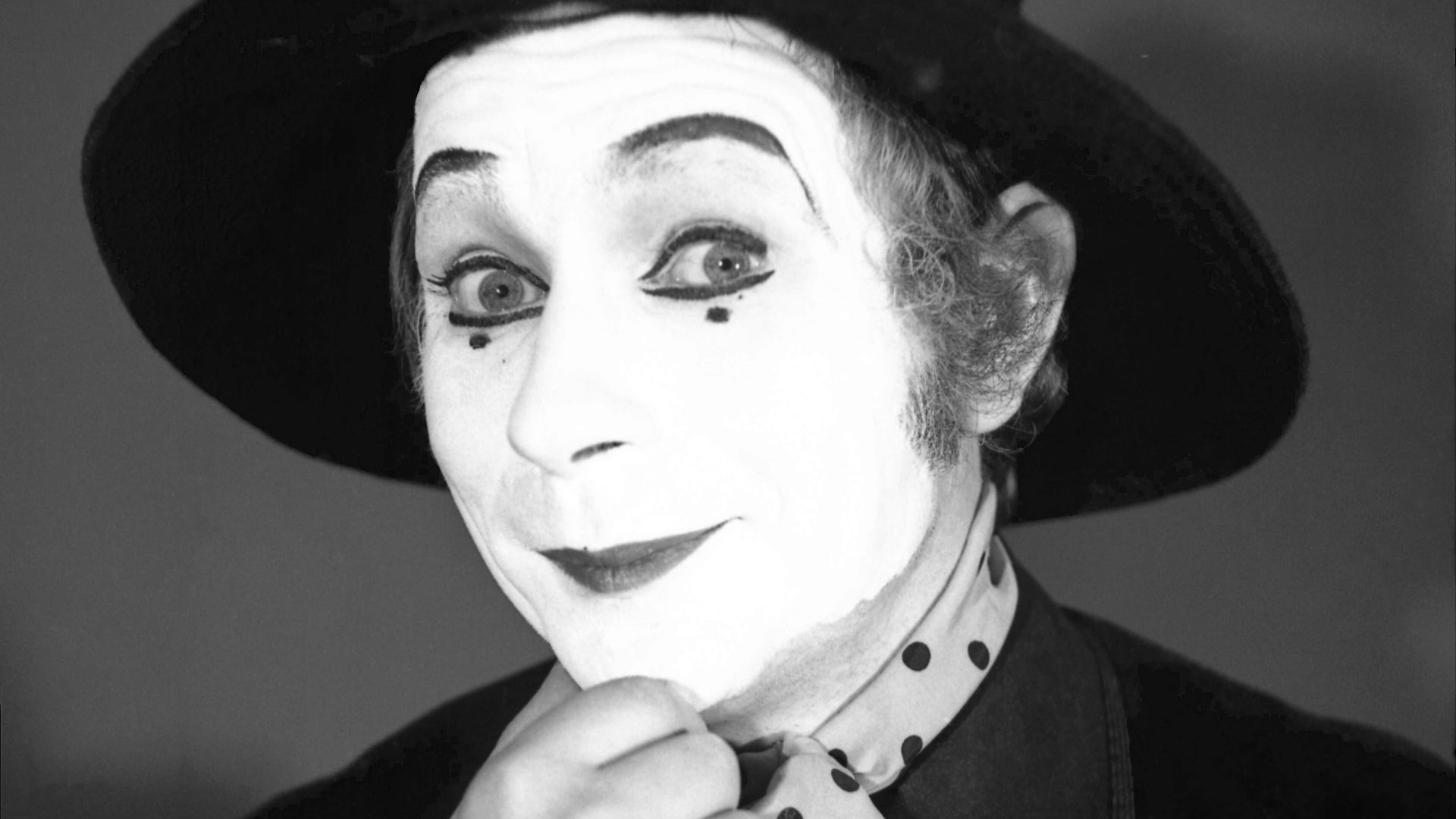 Allan warren, Wikimedia Commons
Allan warren, Wikimedia Commons
20. He Was Captivating
Kemp later stated that he felt a connection with Bowie before meeting him; Kemp related to Bowie’s music, and Bowie appreciated Kemp’s performances as well. Kemp thrived off of what Bowie offered him. According to Bowie, the instructor “lived on his emotions, he was a wonderful influence. His day-to-day life was the most theatrical thing I had ever seen, ever”. However, it would not last—romantically at least.
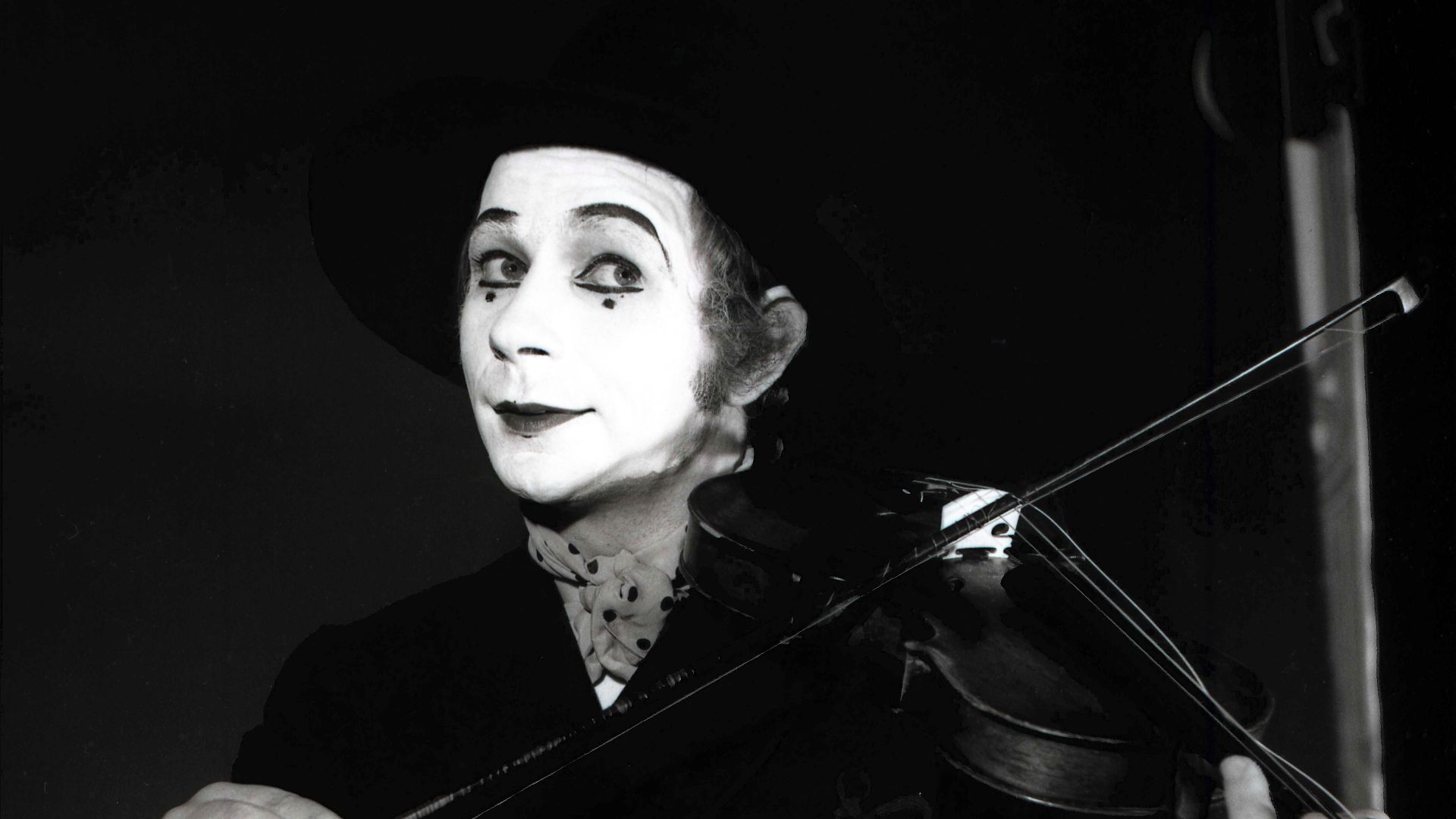 Allan warren, Wikimedia Commons
Allan warren, Wikimedia Commons
21. He Couldn’t Settle Down
Bowie had a ten years age gap with Kemp. And to add more insult to injury, Bowie couldn't stay faithful. Reportedly, discovering that Bowie was sleeping with another person, a woman, ended their personal relationship. However, they continued to work together professionally. Bowie credited Kemp with helping him develop his interest in image. It was through working with Kemp that Bowie came to understand his ability to use his body to create connection; it was also through Kemp that Bowie met his next lover.
22. He Found A New Love
Bowie appeared in The Pistol Shot, a BBC play, in 1968. Kemp choreographed a dance scene for it and paired Bowie with another dancer, Hermione Farthingale. Bowie and Farthingale quickly hit it off; they started to date, and eventually moved into together. Unfortunately, it was another relationship that could not last, and Bowie (according to his own words) is to blame...
 1970s London, Hermione Farthingale in Dance Studio | Kinolibrary, Kinolibrary
1970s London, Hermione Farthingale in Dance Studio | Kinolibrary, Kinolibrary
23. He Couldn’t Make It Work
Farthingale left for Norway to film, Song of Norway in early 1969, ending her relationship with Bowie in the process. Bowie later stated that the breakup was his fault, insisting he “was unfaithful and couldn’t for the life of [him] keep it zipped”. Bowie’s relationship with Farthingale stayed with him, inspiring a couple of songs. It also may have primed him for another huge mistake he made shortly after losing her.
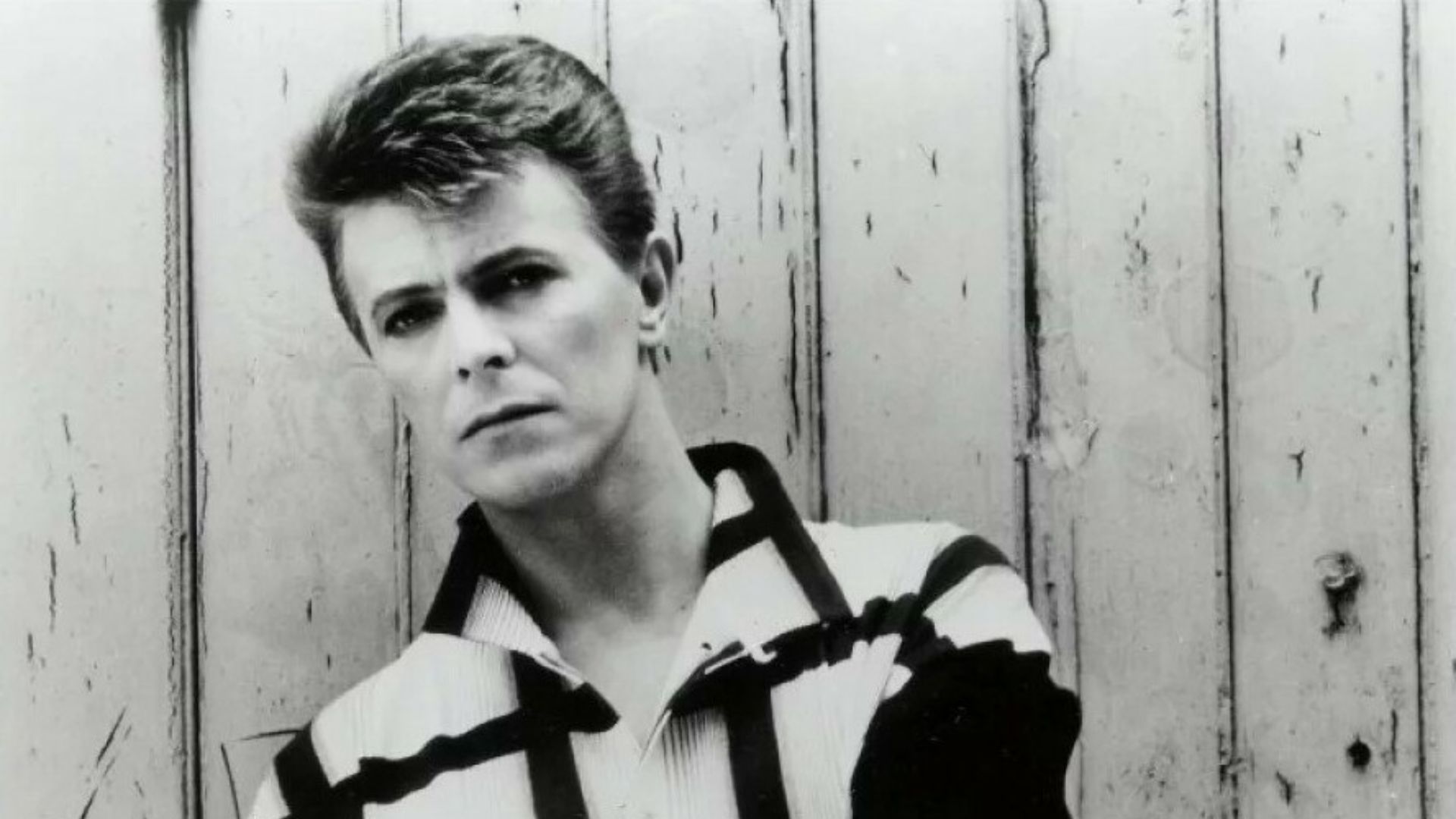 Distributed by EMI America, Wikimedia Commons
Distributed by EMI America, Wikimedia Commons
24. He Tied The Knot
Bowie met Mary Angela Barnett in 1969. Reportedly, the pair met through a mutual friendship with Calvin Mark Lee, a record executive. Whatever the nature of their meeting, the pair married a year after meeting on March 19, 1970. However, anyone thinking that Bowie and Barnett’s quick marriage was indicative of a fairytale romance couldn’t be more wrong.
25. He Didn’t Love Her
We'll likely never know the truth of their marriage for certain. However, Barnett later informed the world that the marriage was one of convenience. In Barnett’s own words, “We got married so that I could [get a permit to] work”. According to Barnett, she never expected the marriage to last. Furthermore, she noted that before they got married, Bowie plainly told her “I'm not really in love with you”. As you can imagine by now, it certainly didn't prove to be an easy marriage...
 Michael Ochs Archives, Getty Images
Michael Ochs Archives, Getty Images
26. His Marriage Was Turbulent
Bowie later commented that “living with [Angie was] like living with a blow torch”. Their marriage was a turbulent one; however, they maintained an open marriage, which may have better suited Bowie’s inability to settle down during this period. All things considered, though, it seems the couple also had some attraction for each other, for they had one son; initially named Zowie Bowie by his parents, he now goes by Duncan Jones. And while Bowie managed to find some version of normalcy in his personal life, he still had his unstable music career to contend with.
27. He Couldn’t Succeed
During all of this turbulence in his love life, Bowie’s career continued to plod along. His work with Kemp gave Bowie a better interest and understanding in crafting a persona to go along with his music, and he saw early success composing songs for other artists. However, “David Bowie” continued to fail to be a name of note in its own right. Faced with his own failure, Bowie decided to start experimenting.
28. He Kept Trying
Bowie tried his hand at many different acts and approaches. However, few of them saw the success that he craved. Perhaps in what felt like a final try, Bowie told the whole truth in one of his songs. Leaning into his frustration with both his work and his love life, Bowie wrote “Space Oddity”, a song that told the tale of the fictional astronaut, Major Tom. And with that, Bowie finally struck gold.
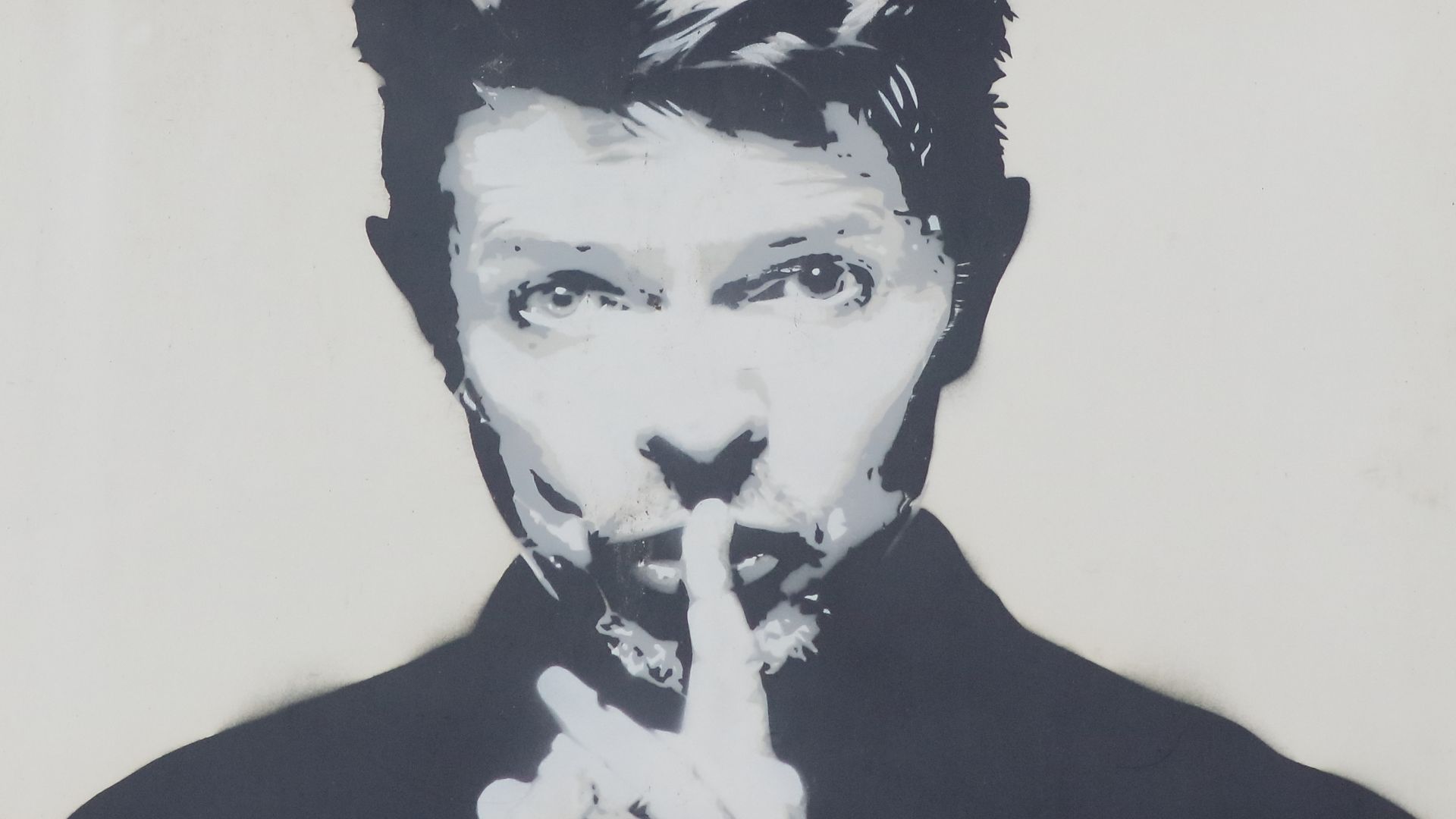 Javier Perez Montes, Wikimedia Commons
Javier Perez Montes, Wikimedia Commons
29. He Took Advantage
“Space Oddity” earned him a place with Mercury Records, and they released the single five days before the Apollo 11 launch. Bowie finally found a hit, with “Space Oddity” reaching the top five in the UK. Unfortunately, it would be another three years before he saw the same kind of success again.
 David Bowie - Space Oddity (Original Music Video 1969) (HD), Ezco Musaos
David Bowie - Space Oddity (Original Music Video 1969) (HD), Ezco Musaos
30. He Took A Risk
Bowie released his third album, The Man Who Sold the World, in 1970; it had a harsher sound than his earlier acoustic work, landing it more confidently in the “hard rock” category. The original UK cover also leaned into Bowie’s unique androgynous look: he appeared on the cover in a dress, a look that he received praise for, and possibly inspired his future personas.
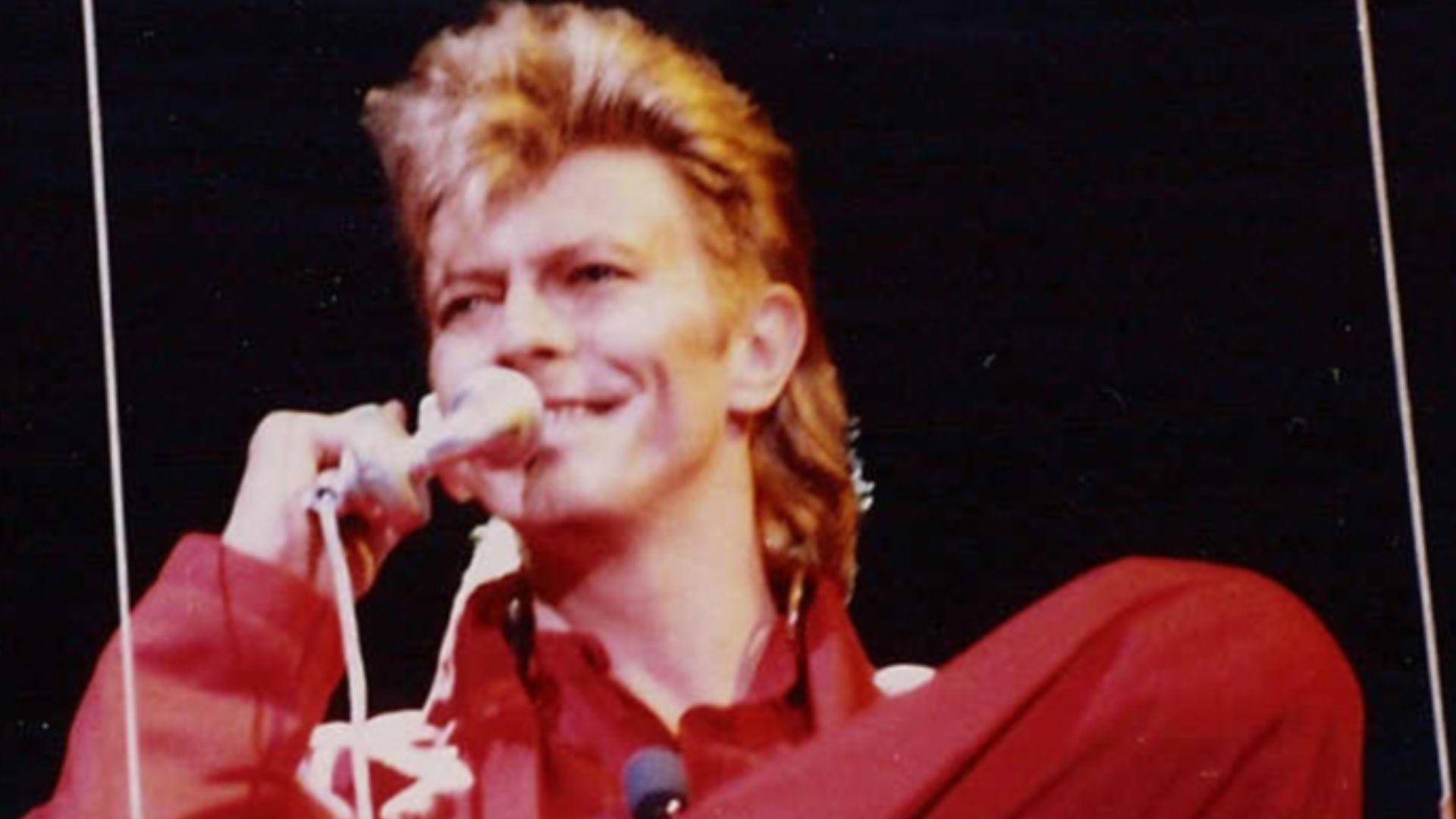 Elmar J. Lordemann (de:User:Jo Atmon), Wikimedia Commons
Elmar J. Lordemann (de:User:Jo Atmon), Wikimedia Commons
31. His Fans Loved It
It may surprise modern viewers, who believe the past to be far more straight-laced than it was, but the critics and general public received Bowie’s choice to wear a dress the well. Leaning into the choice, Bowie wore the dress to interviews as well. The critics loved it. Rolling Stone’s John Mendelsohn described Bowie as “ravishing, almost disconcertingly reminiscent of Lauren Bacall”. This may have been the start of his next big idea.
32. He Had An Idea
During the tour for this album, inspiration struck Bowie. He began to play around with the idea of a character who melded the personas of two well known American musicians at the time—Iggy Pop and Lou Reed. In doing do, he hoped to create “the ultimate pop idol”. Borrowing from others didn’t concern Bowie. In his words, “It’s not who does it first, it’s who does it second”. Regardless, Bowie always put his own personal twist on everything.
33. He Created A Character
Clad in psychedelic costumes, and dying his hair a vibrant reddish-brown, Bowie unveiled his character, Ziggy Stardust, in 1972. The idea was to make Ziggy appear as if he “landed from Mars”. He launched the show accompanied by the band he’d put together a few years prior, the Spiders from Mars. With his notably bizarre new emergence, his team held their breaths waiting for the audience's response to the new Bowie. The results stunned everyone.
 Michael Ochs Archives, Getty Images
Michael Ochs Archives, Getty Images
34. He Inspired Huge Reaction
The show was a hit. Strange and otherworldly, no one could rival the influence Bowie created. As Ziggy Stardust, Bowie finally reached true stardom. The result became the “cult of Bowie”, and has been argued to have an influence that has not been replicated since. Questions of whether this gimmick had staying power vanished with the release of the single “Starman”. Bowie made it, finally. But, of course, every success comes at a cost...
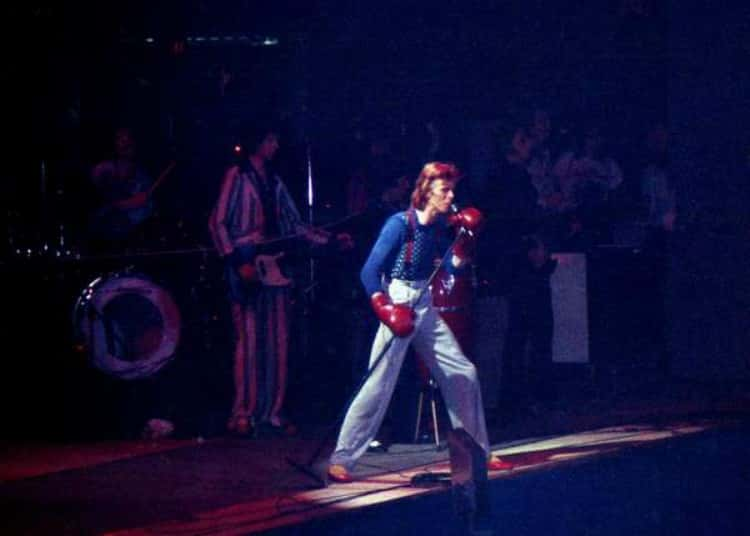 Wikimedia Commons, Hunter Desportes
Wikimedia Commons, Hunter Desportes
35. He Changed
The success of Ziggy came from one of Bowie' truly unique abilities. He completely lost himself in his characters. He considered himself an actor, and embodied the persona of Ziggy. It gave him the ability to be free on stage, setting “David” aside when he took the stage to be “Ziggy”. Unfortunately, though, the switching back and forth soon became a problem for Bowie—Ziggy wouldn’t leave him alone.
36. He Couldn’t Seperate
The danger of stepping into the role of Ziggy Stardust over and over, night after night, was that Bowie began to have difficulty separating “Ziggy” from “David”. Ziggy shows were high energy; they were theatrical, dramatic, and some might even say unhinged. It proved a dangerous persona for Bowie to have hanging over him once he stepped off stage.
37. He Feared He Was Losing It
In Bowie’s own words, “Ziggy wouldn’t leave me alone for years”. At that point, Bowie began to struggle. This persona that he put on for the stage affected his entire personality. Again, according to Bowie, “I really did have doubts about my sanity”. It became clear that he and Ziggy needed a permanent separation.
 Michael Ochs Archives, Getty Images
Michael Ochs Archives, Getty Images
38. He Called It Quits
After a year of touring as Ziggy, performing as Ziggy, and even doing interviews as Ziggy, Bowie brought it all to an abrupt end. He announced his retirement while on stage at London’s Hammersmith Odeon in July 1973. The Spiders broke up, and Ziggy was hung up for good. However, now Bowie wasn’t done with music; he just needed to find something else to do—or perhaps, someone else to be.
39. He Lost Control
In 1974, Bowie moved to America and released another album. His success continued, despite leaving Ziggy behind. However, his mental state began to deteriorate. His use of substances quickly became an addiction, emaciating his body, and wreaking havoc on his mind. And the more he rose, the more he struggled to keep it together.
40. He Wasn’t Well
In late 1974, he released a live album of his Diamond Dogs tour; Bowie’s mental state had deteriorated so far by this point that he was barely getting through life. He later joked that the album, called David Live, should have been called “David Bowie Is Alive and Well and Living Only in Theory”. Still, his fame continued to grow, even as he continued to fall.
41. He Found A New Persona
As his success grew, Bowie took on another persona: The Thin White Duke. He also became consumed by his addictions. He barely slept during the recording of Station to Station, and only remembered “flashes” of making it. At the height of this addiction, Bowie made comments he’d later regret. According to him, he’d all but lost his mind.
 David Bowie - Station To Station (Christiane F ) 1980 - new edit, remastered HD, Mister Sussex
David Bowie - Station To Station (Christiane F ) 1980 - new edit, remastered HD, Mister Sussex
42. He Created Scandal
During the tour from Station to Station, Bowie continually made statements or appeared with paraphernalia that expressed admiration for WWII Germany. In the “Victoria Station incident”, a camera captured Bowie mid-wave that mimicked an unfortunate “salute”. Bowie later claimed that all of these actions were induced by his addictions, and the persona he had adopted as “The Thin White Duke”. Yet again, he’d struggled to separate himself from the persona.
 Ron Pownall Photography, Getty Images
Ron Pownall Photography, Getty Images
43. He Got Clean
By August 1976, Bowie could not take it any longer. He escaped to Germany along with his old friend, Iggy Pop. Together, the two artists strove to escape their addictions, and create music. Bowie created three albums that have become known as “The Berlin Trilogy”, before appearing on stage for the Isolar II world tour. It was the first time in a long time that he’d toured without the crutch of substances. But even freed of his substance issues, he couldn't fix everything in his life...
44. His Marriage Ended
Bowie’s marriage finally reached its natural conclusion by the end of this period as well. According to Barnett, the marriage had never been legitimate, and many sources have called it turbulent at best. Bowie and Barnett entered divorce proceedings, and they finalized the divorce by 1980. Bowie retained custody of their son; Barnett claims that she did this to give Bowie stability from his addictions, though evidence suggests Bowie had managed those already by this time. Even with the divorce, though, it seemed things might just be looking up.
45. He Continued To Succeed
Bowie’s success continued to grow throughout the 80s. He released several more albums, most of which saw success, and reached his personal career peak with the release of Let's Dance in 1983. He partnered with many relevant musicians of the period, and he starred in the cult classic Labyrinth, which he also wrote five original songs for. He finally reached the professional career that he had been dreaming of—and it seemed his persona life might soon follow suit.
46. He Found Love
Bowie continued to be romantically associated with several people throughout the years. However, none of them would ever compare to his second wife: Iman. Bowie and Iman met in October 1990. He knew from the moment that he met her that she was the one for him. Bowie recalled, “I was naming the children the night we met … it was that immediate”. They married in 1992, and bore one daughter together.
47. He Never Settled
Throughout his career, Bowie took on many personas. He also went back and forth on his stances on matters of religion and politics, bouncing from Buddhist, to undoubtedly believing in God, to stating he was an atheist. Above all things, one matter that never settled was that of his sexuality. But it was always contested, both in public and at times by himself...
48. He Regretted His Choice
Since announcing that he was gay in 1972, Bowie constantly dealt with the question of his sexuality. Some presumed he conflated Ziggy with himself. In 1983, he claimed publicly announcing his preferences was “the biggest mistake [he] ever made”. He even stated that he was “always a closet heterosexual”. However, Bowie changed his mind again in later years.
49. He Didn’t Want To Be A Symbol
Bowie wanted to be a singer and a performer. He seemed to always struggle with sharing personal matters with the public as a result of this. In 2002, he took a slightly different stance on the matter of his preferences: “I don't think it was a mistake in Europe, but it was a lot tougher in America. I had no problem with people knowing I was bisexual. But I had no inclination to hold any banners nor be a representative of any group of people”. Bowie just wanted to sing, which he did for the rest of his life.
50. He Was A Legend
David Bowie continued creating right up until his passing. Although diagnosed with liver cancer in mid-2014, he kept that information private. His final album, Blackstar released on January 8, 2016 (his 69th birthday). Bowie succumbed to his illness two days later. Around the world, fans made tributes to the artist who had changed their lives. He changed genres so many times, that few musicians today are not influenced by David Bowie in some way. He truly shaped the world of music as we know it today, and without a doubt, there will never be another David Bowie.
You May Also Like:
The Tormented Trailblazer Of The Who
The Most Tormented Man In Motown

